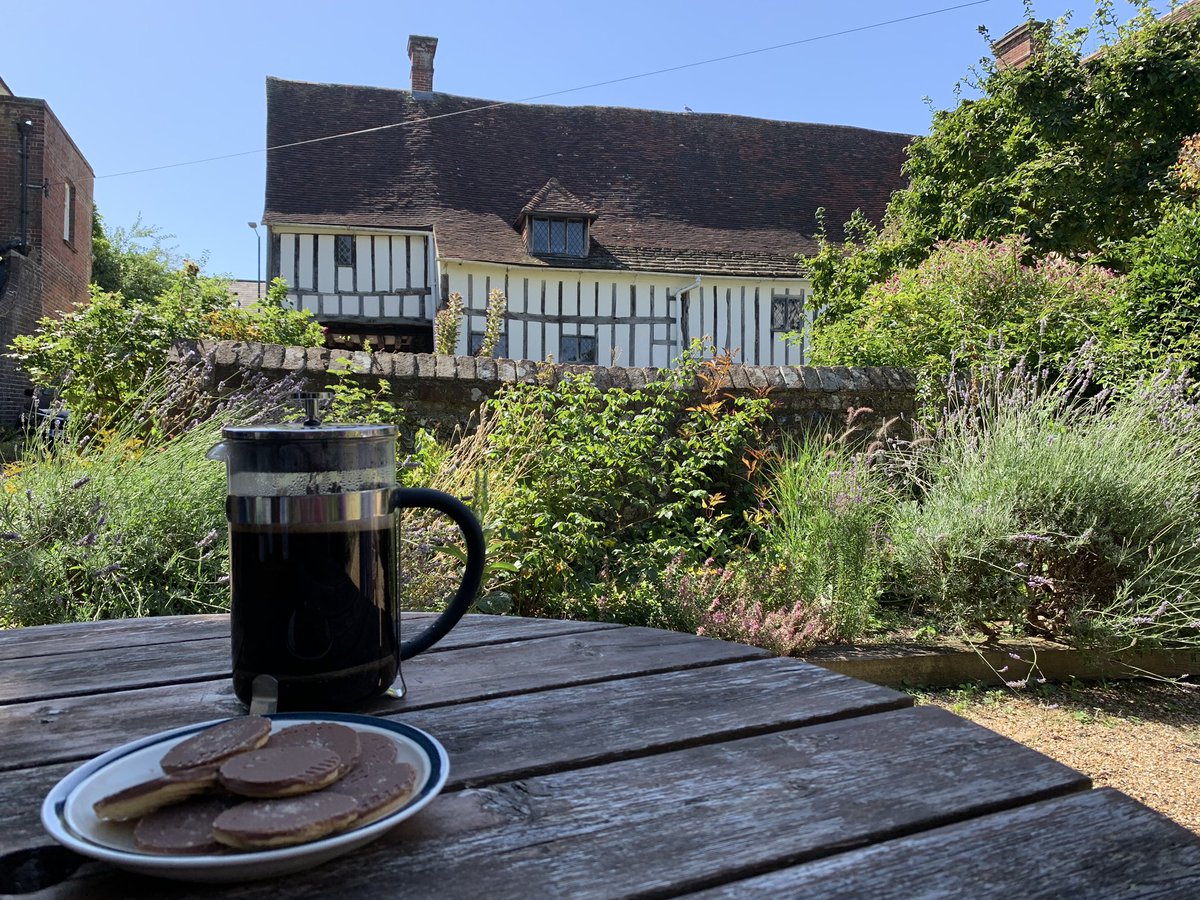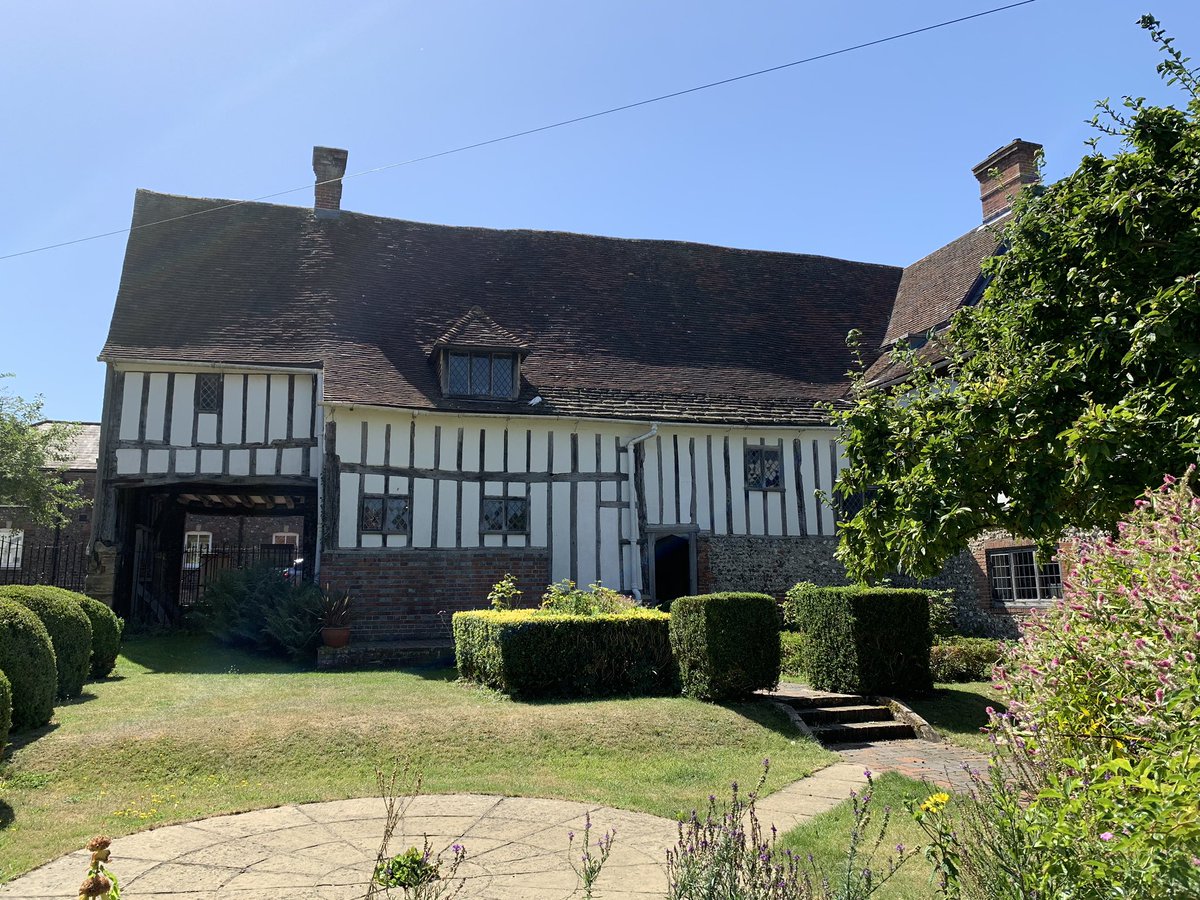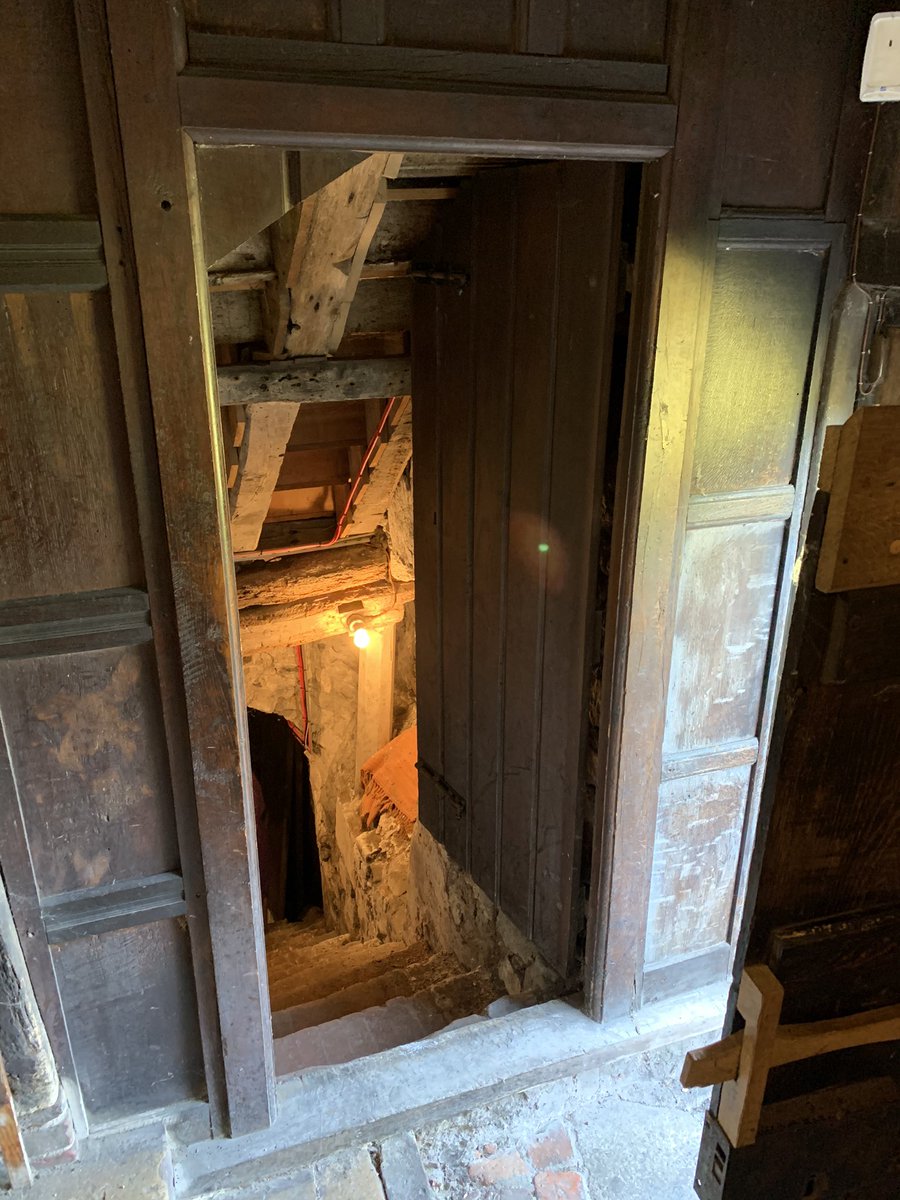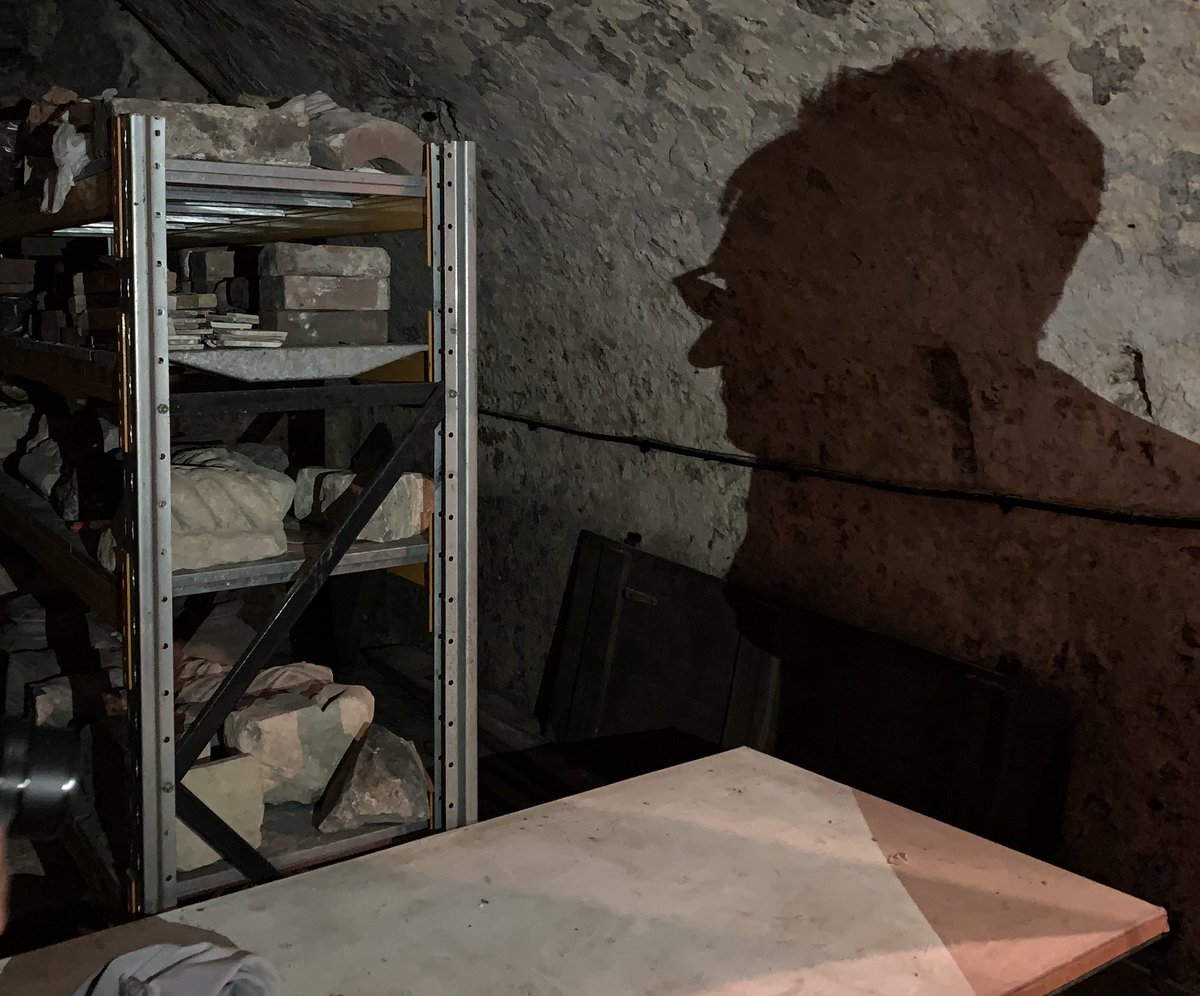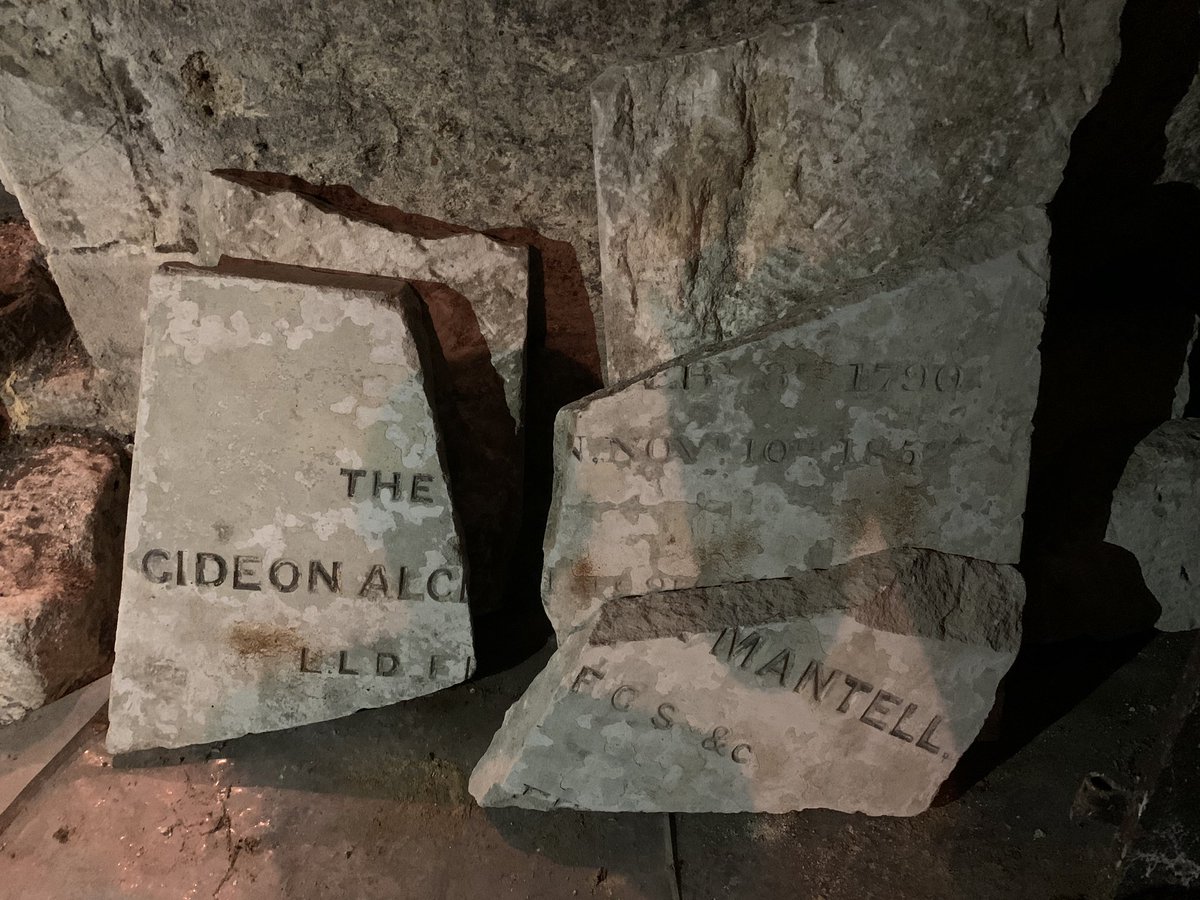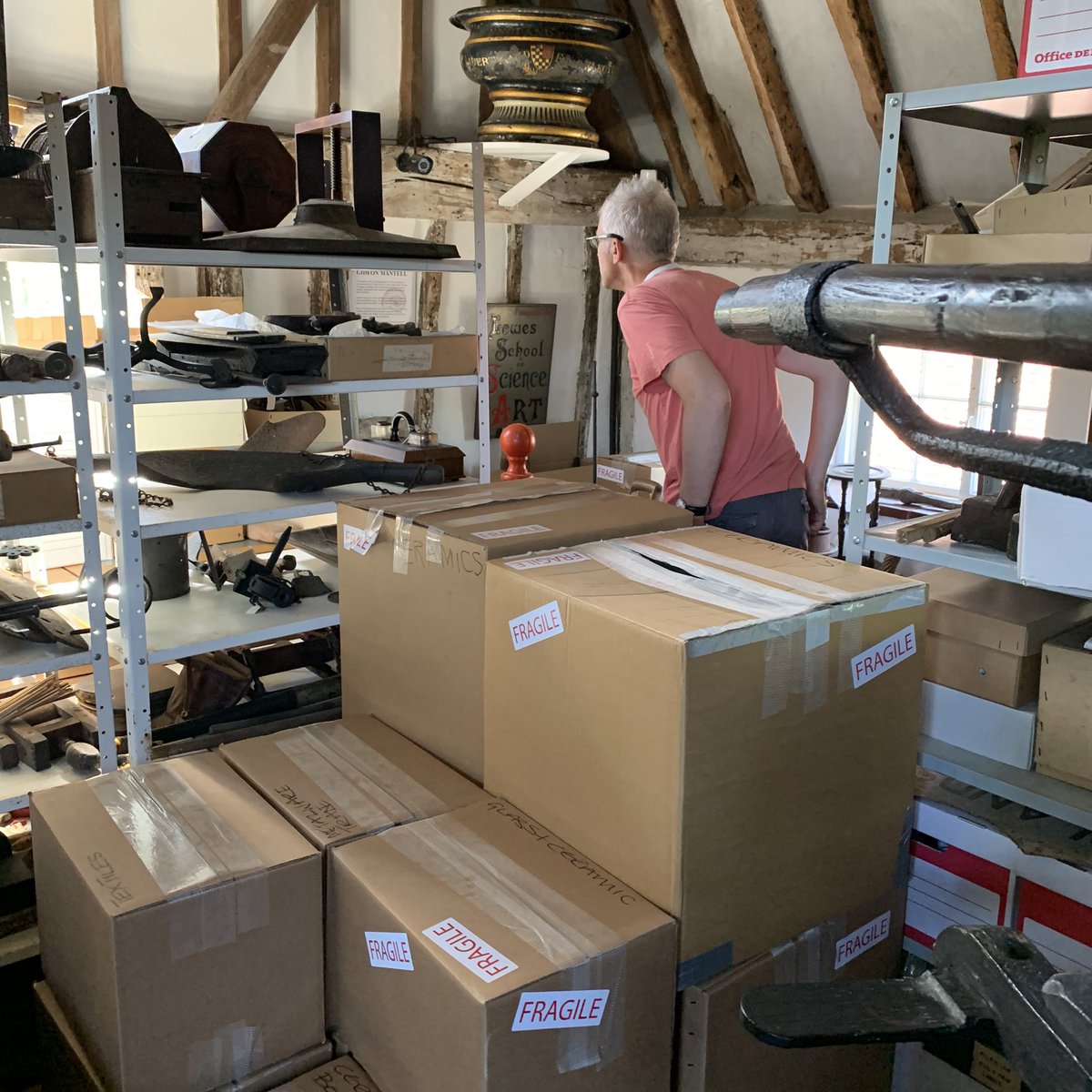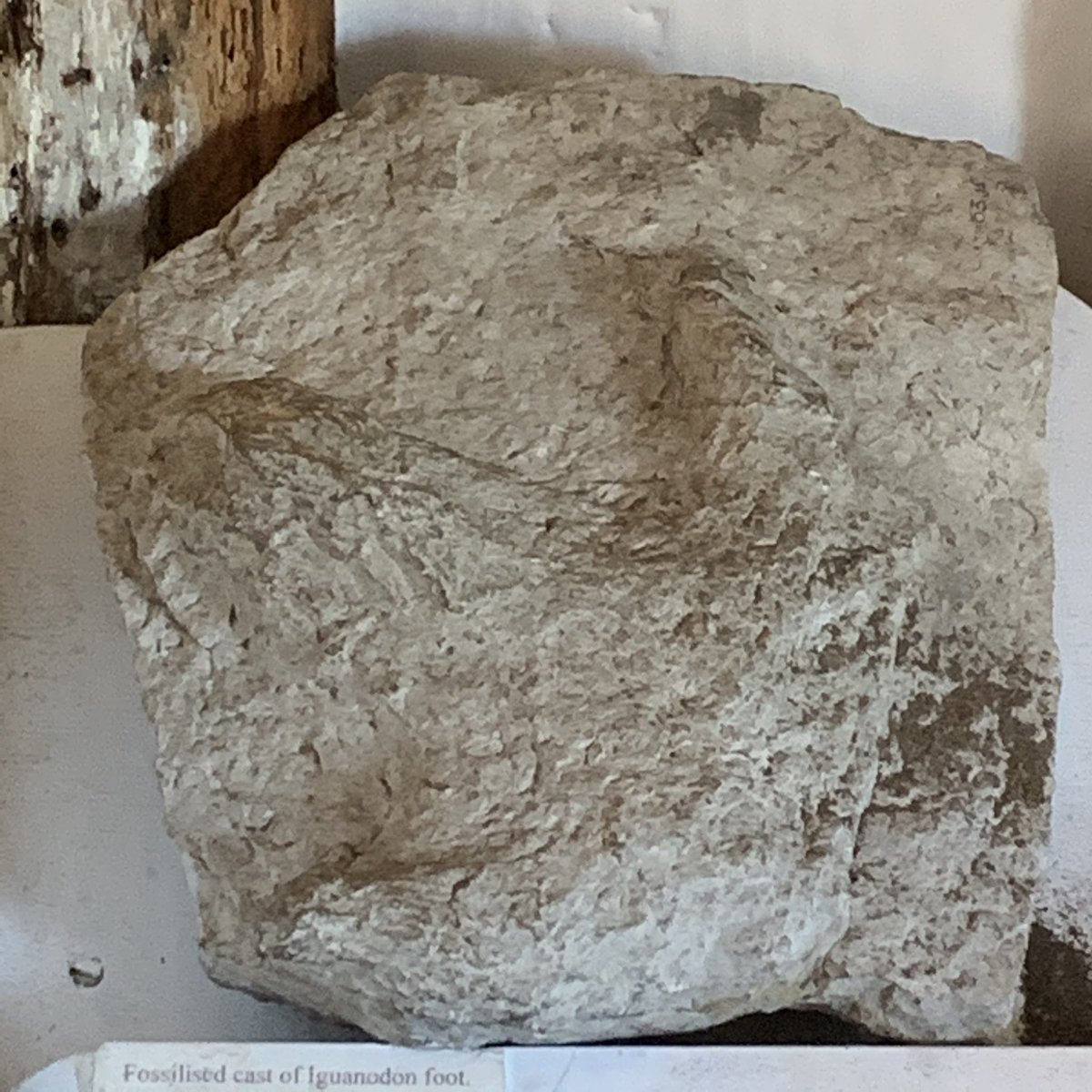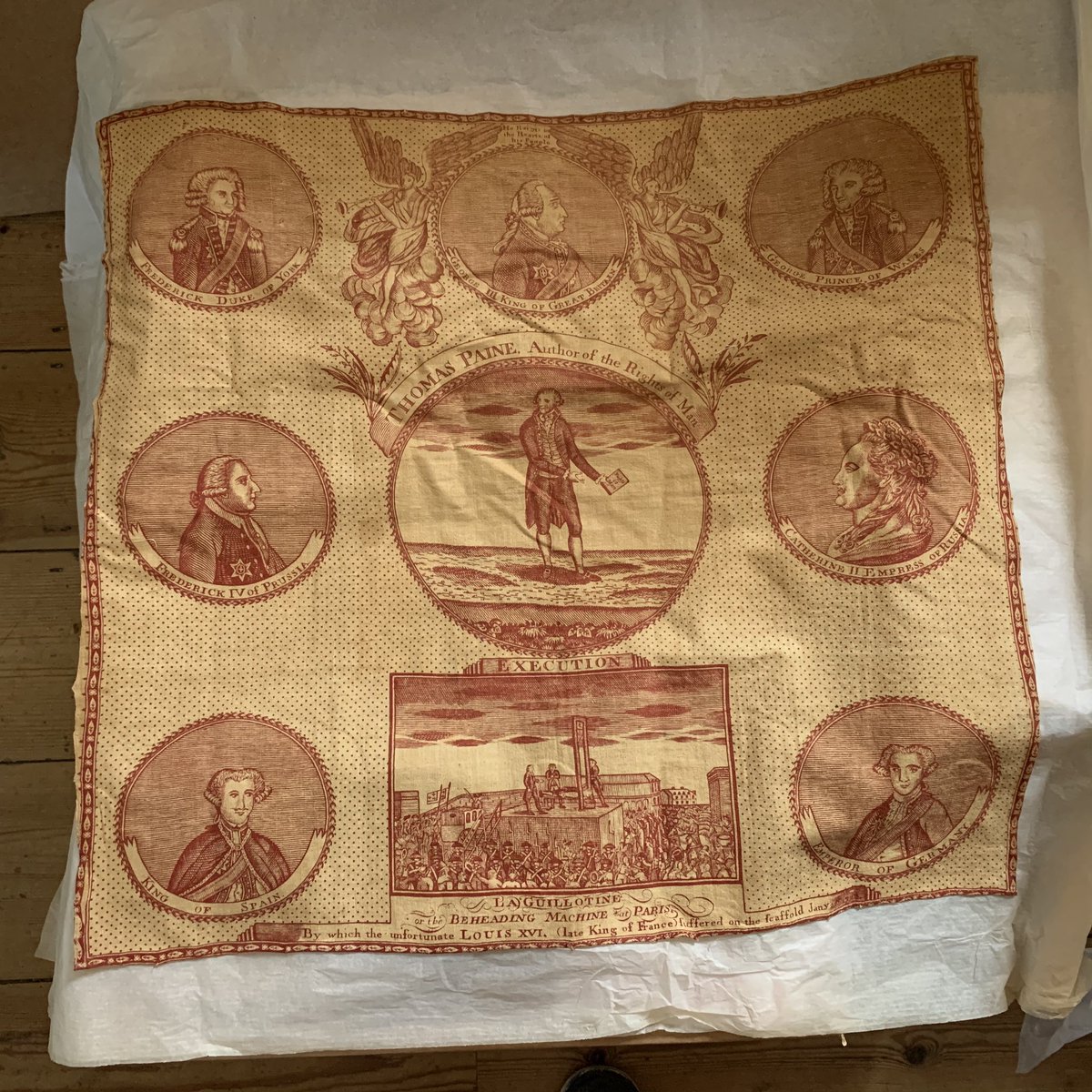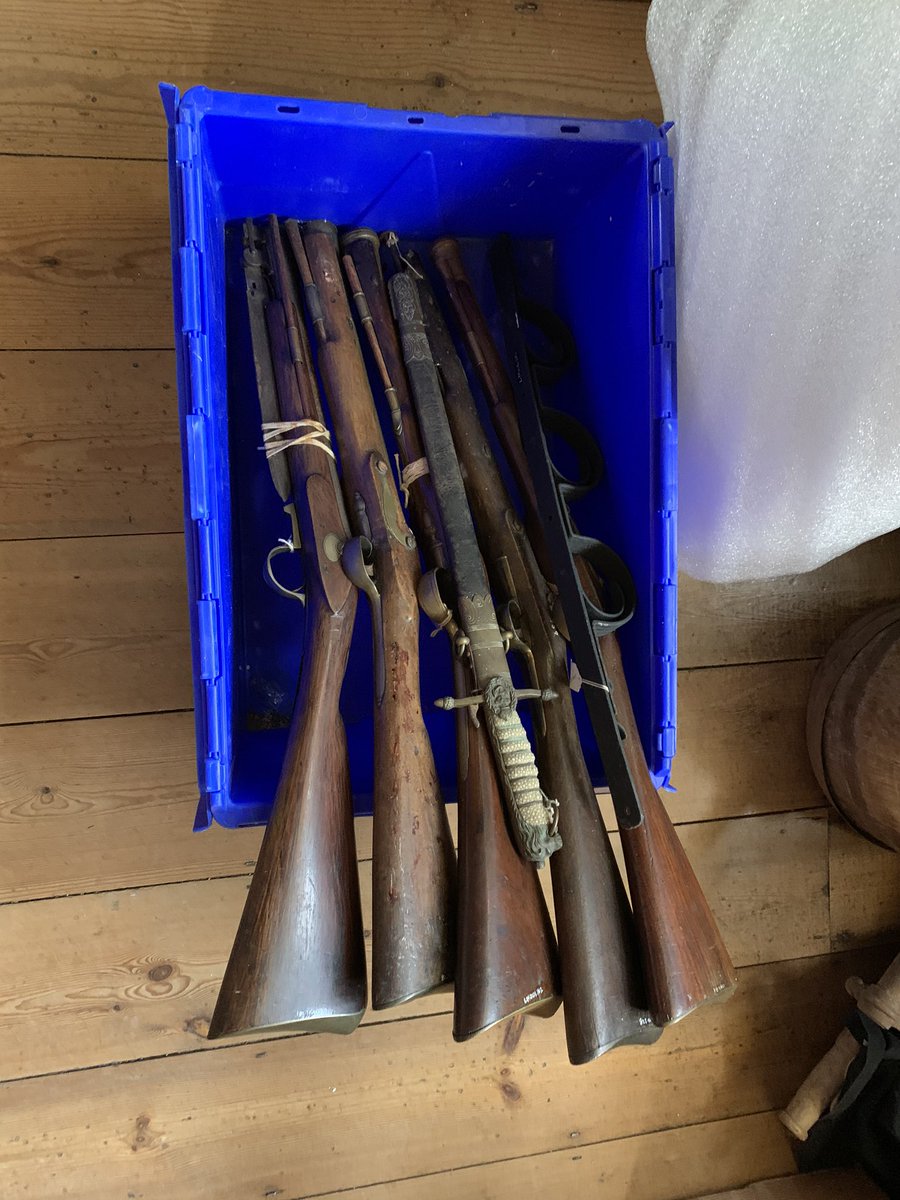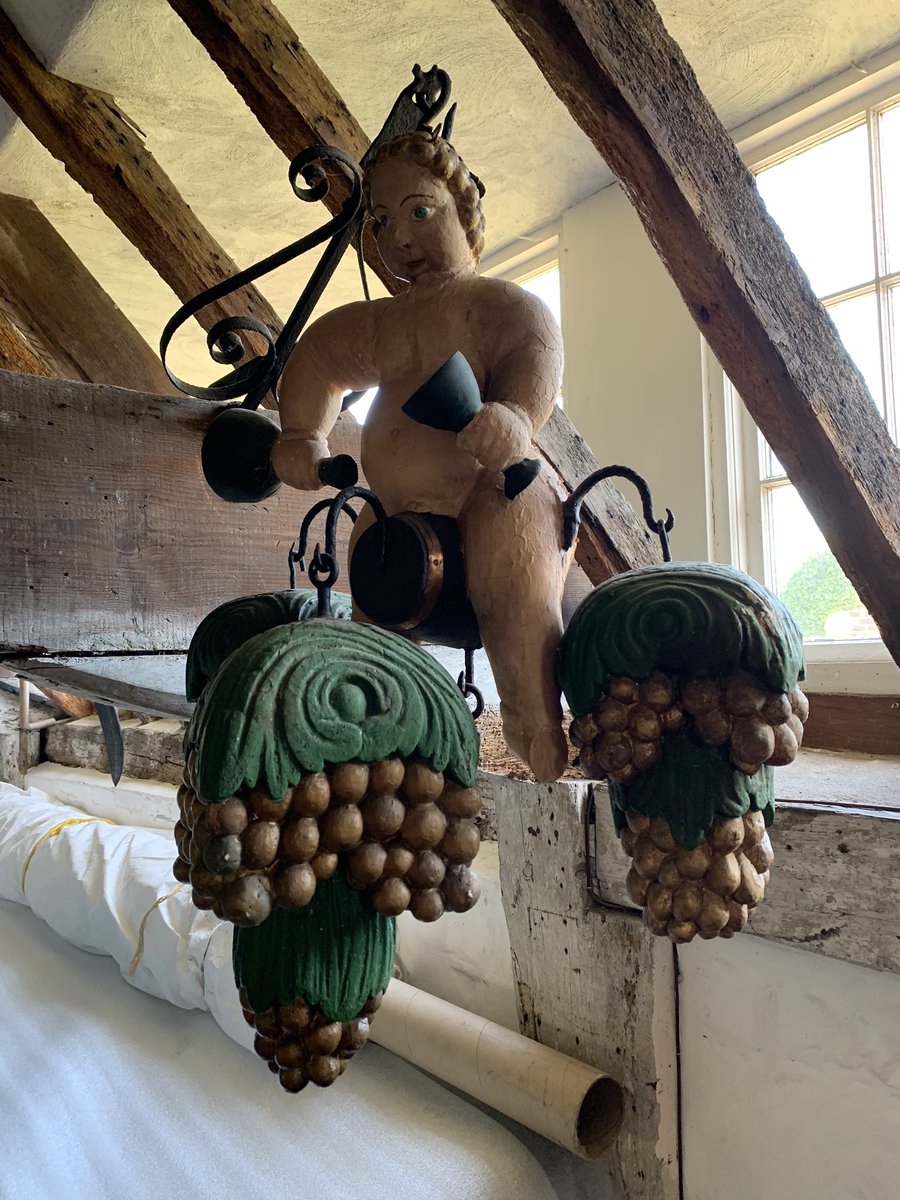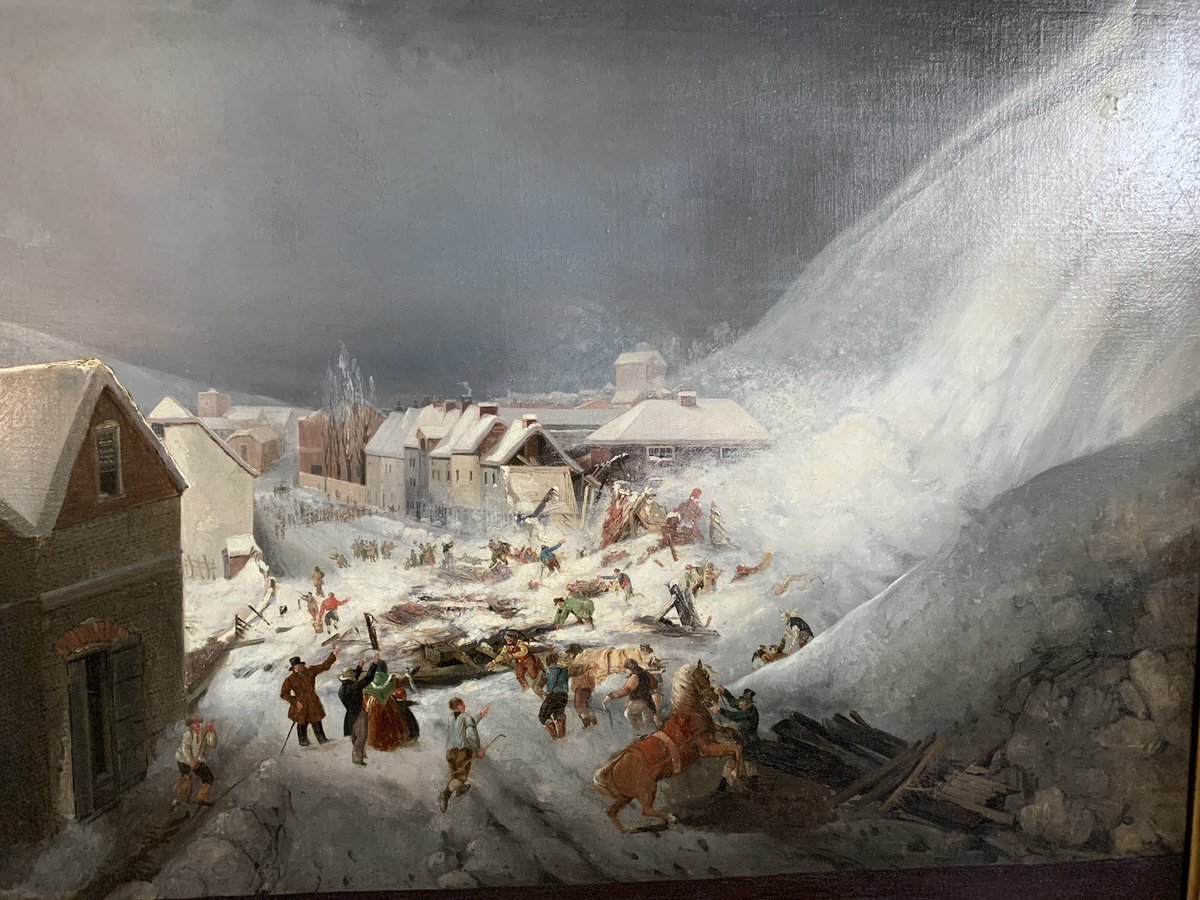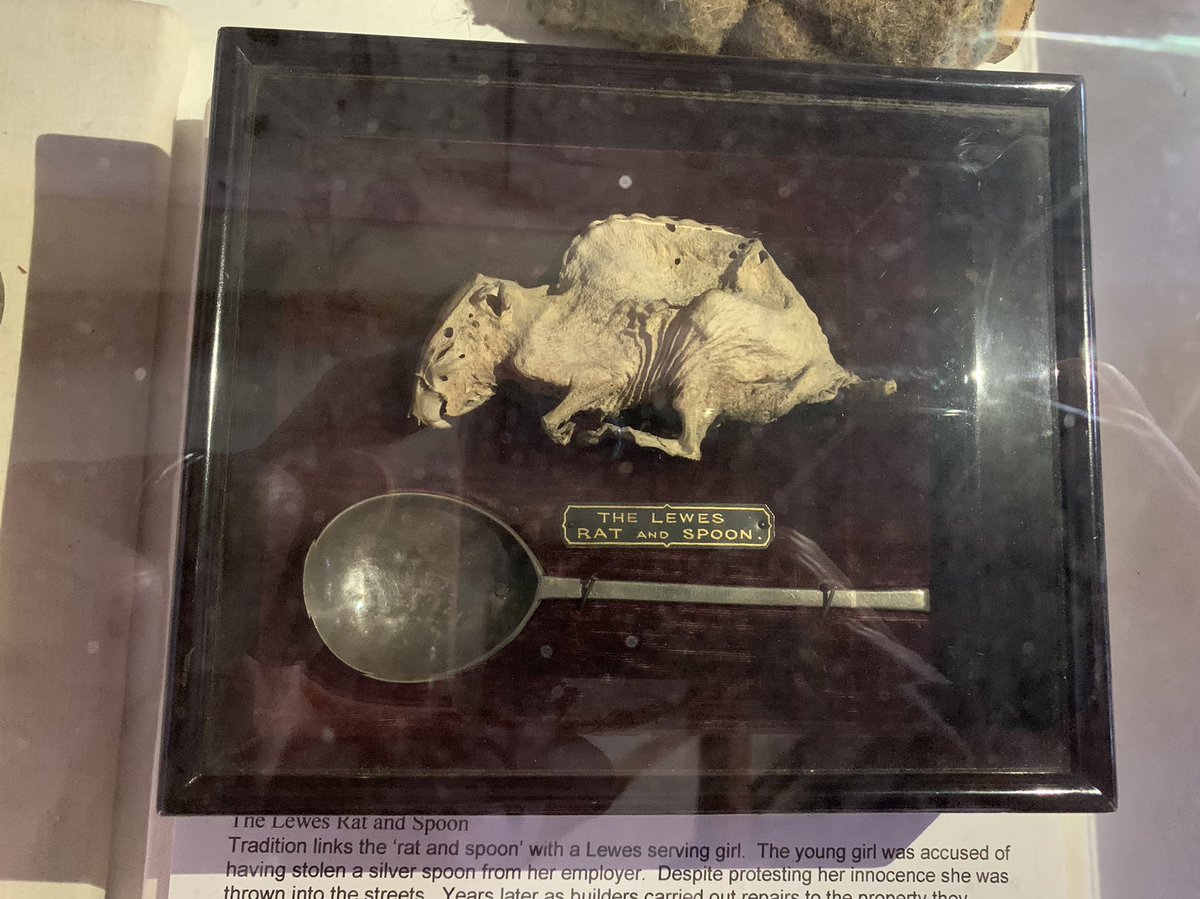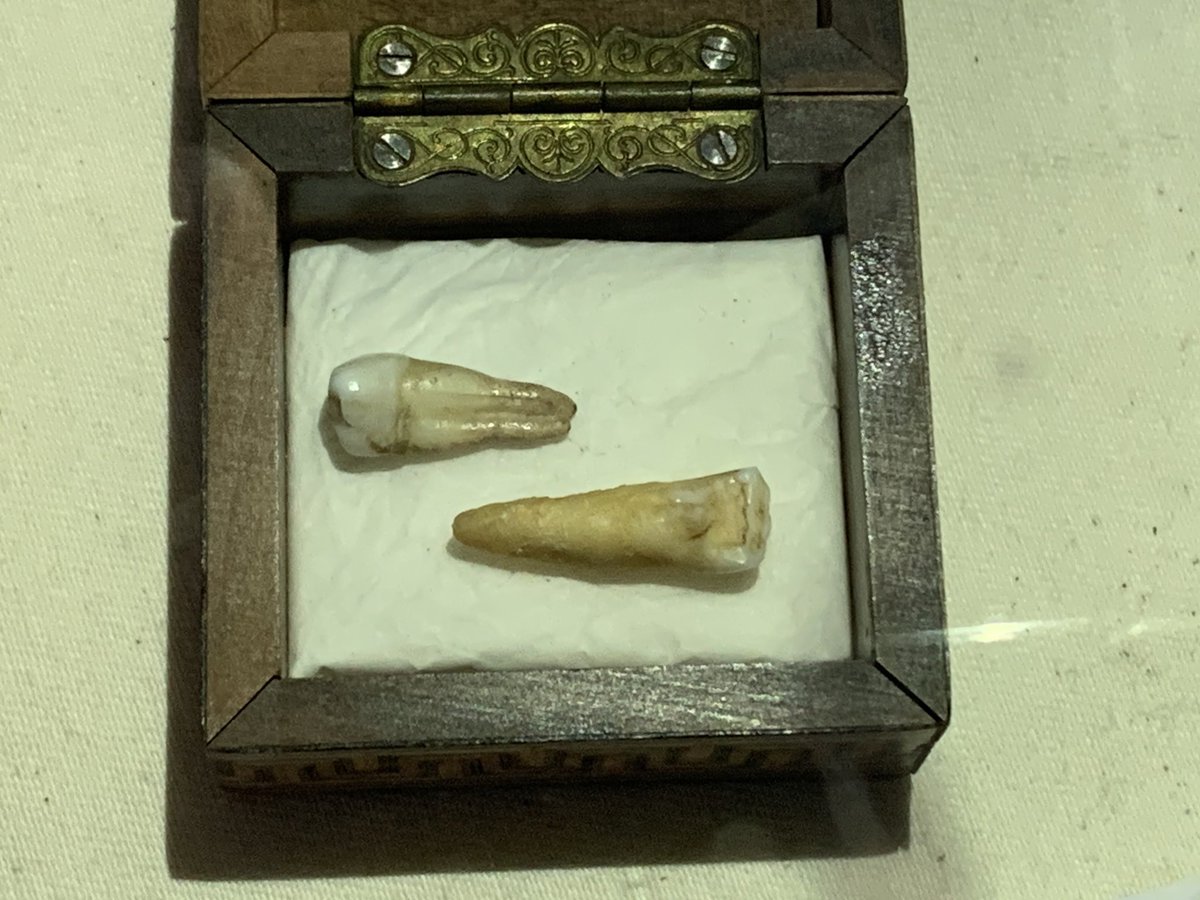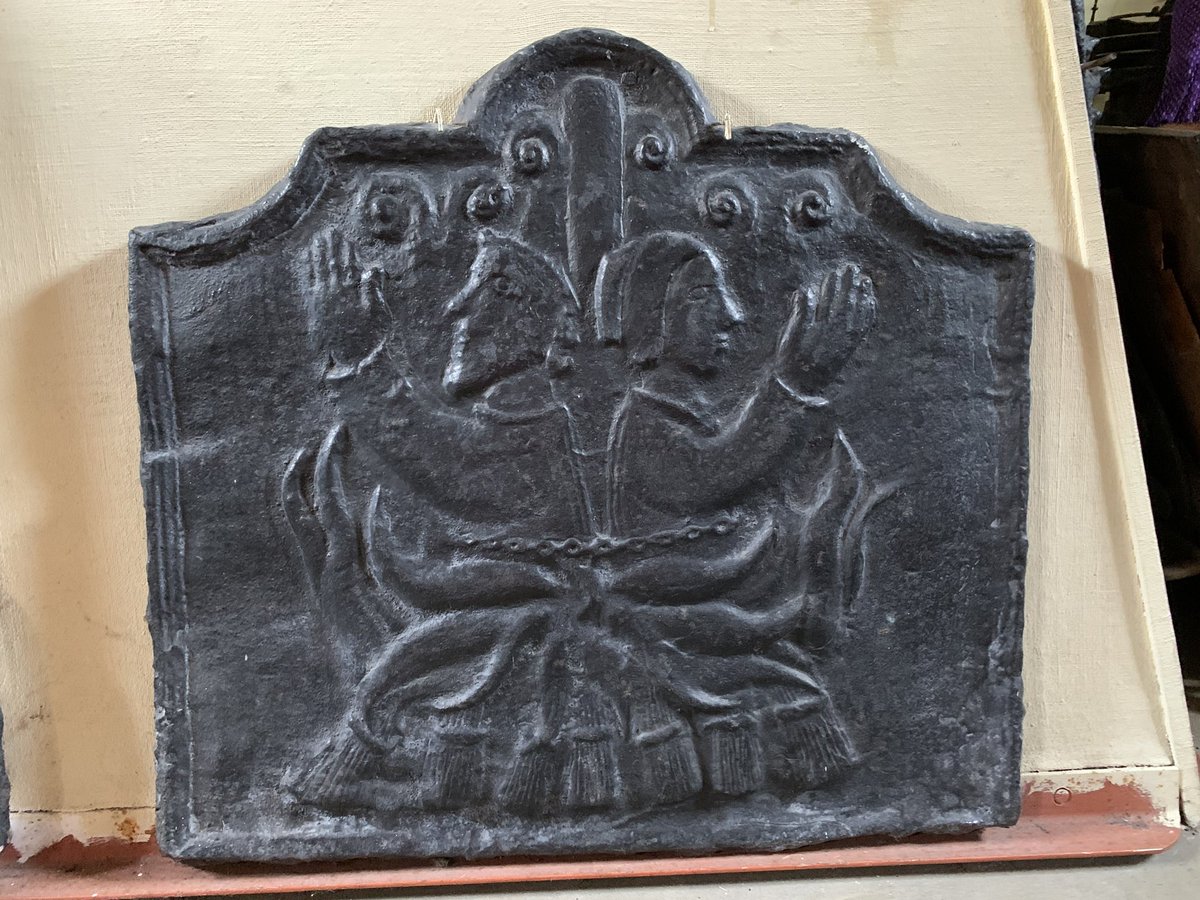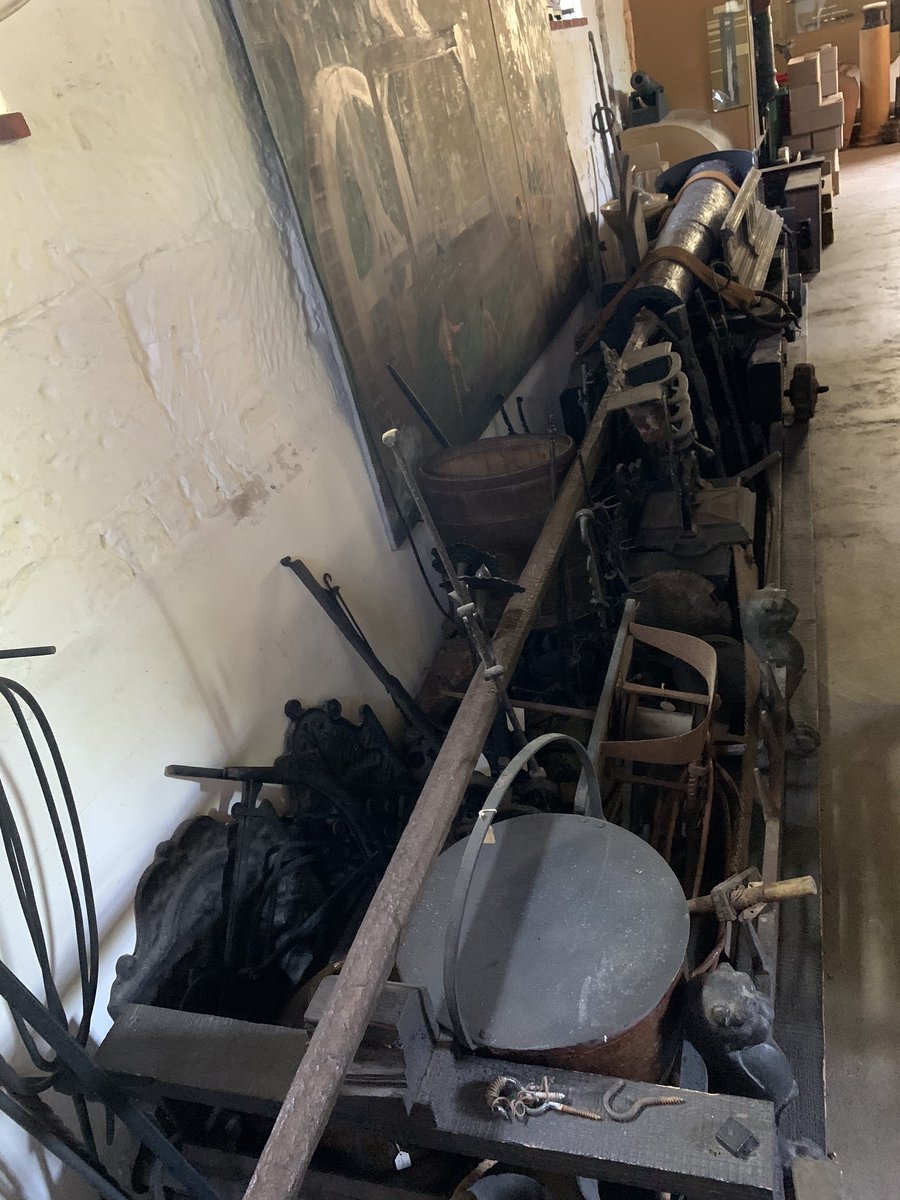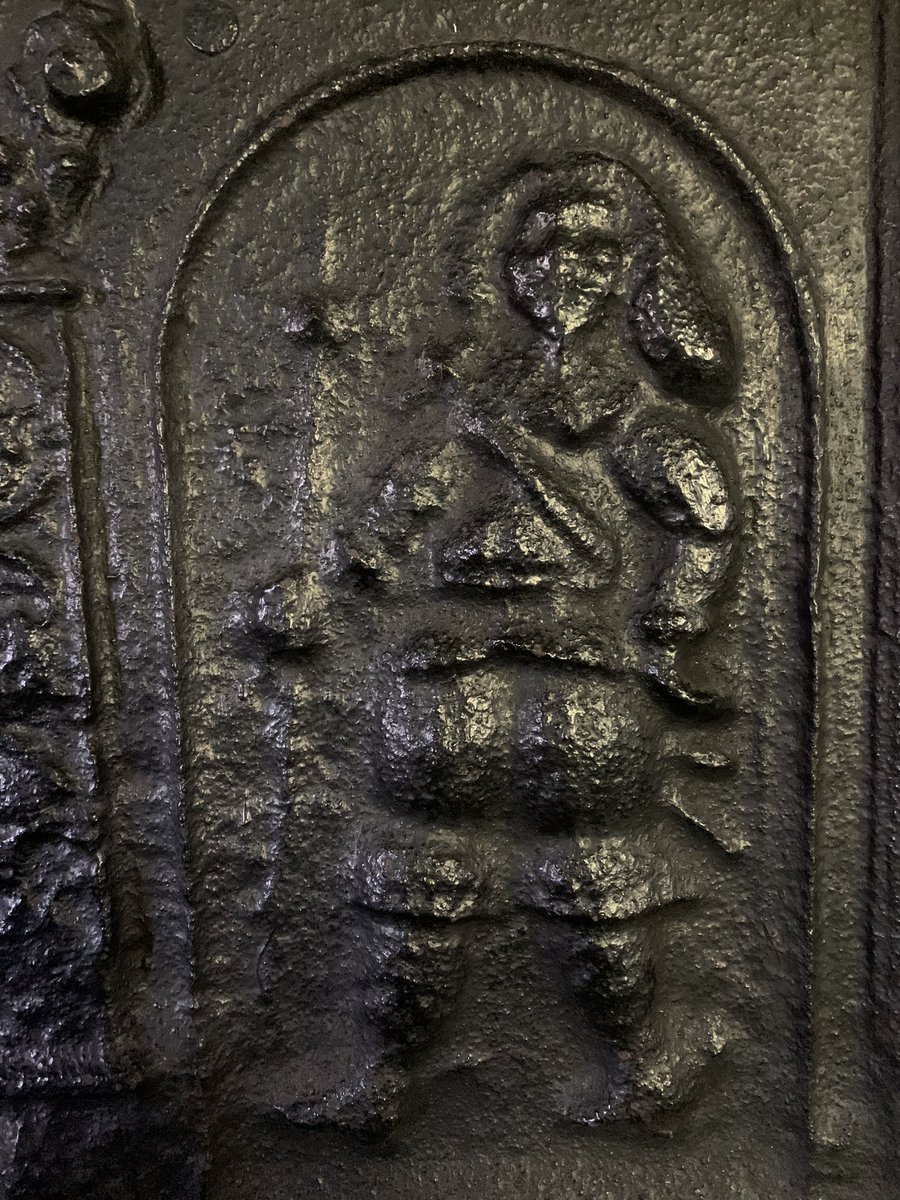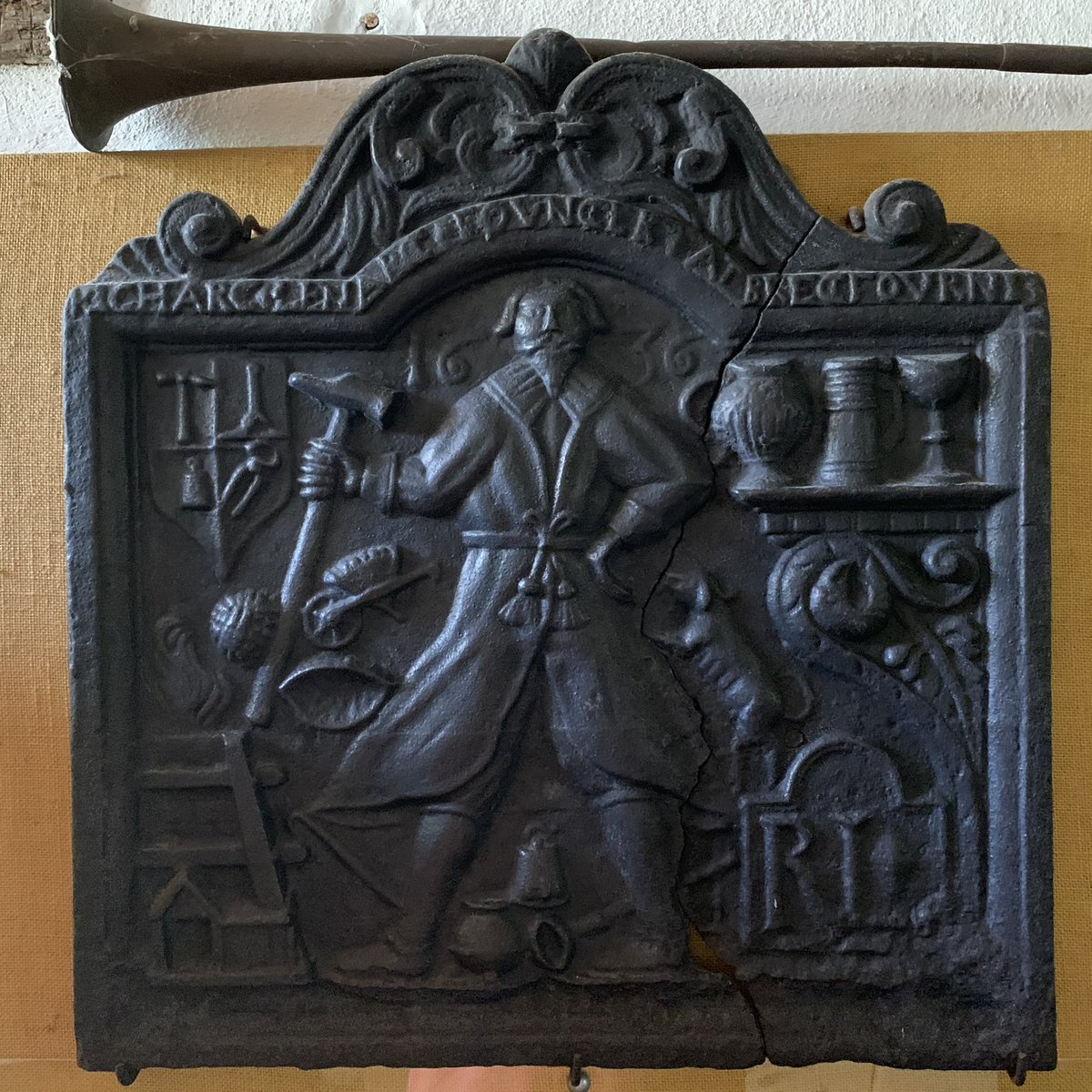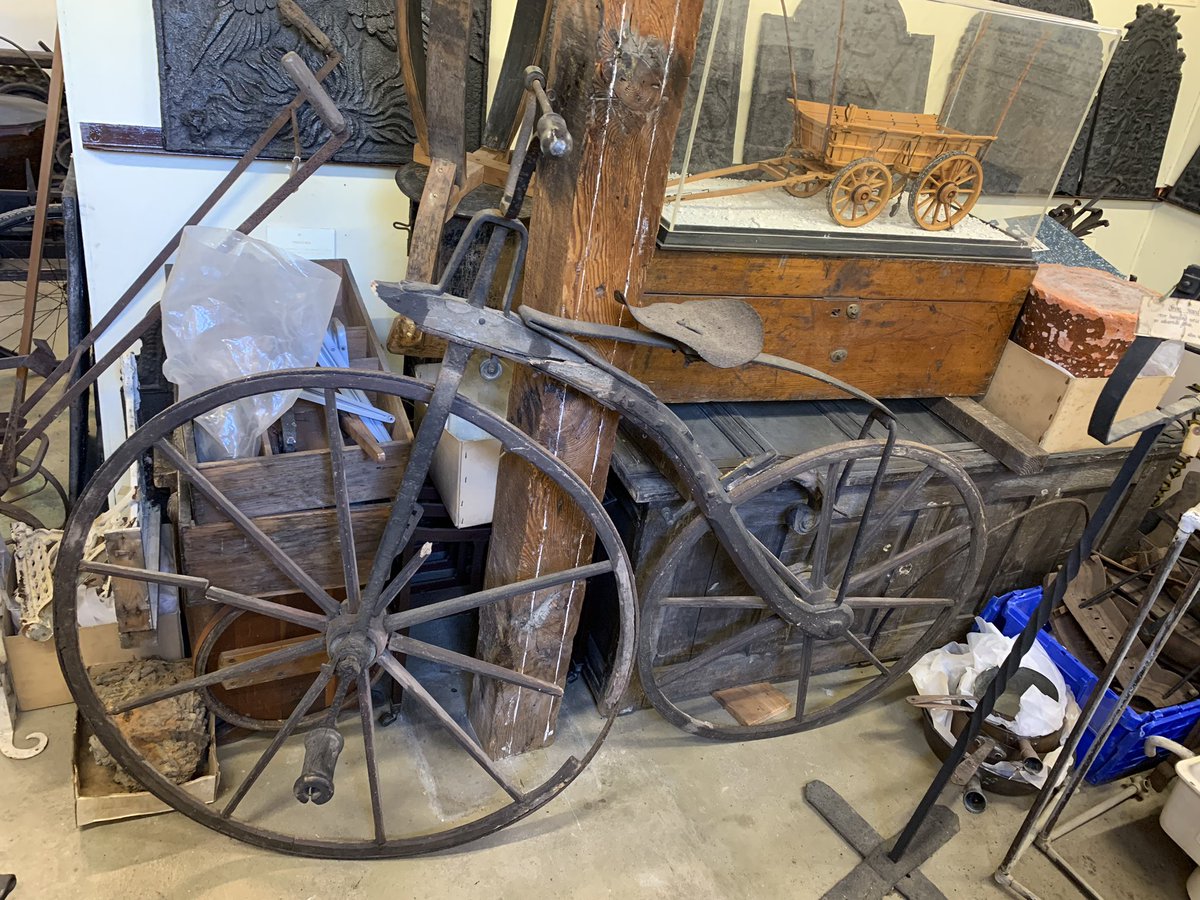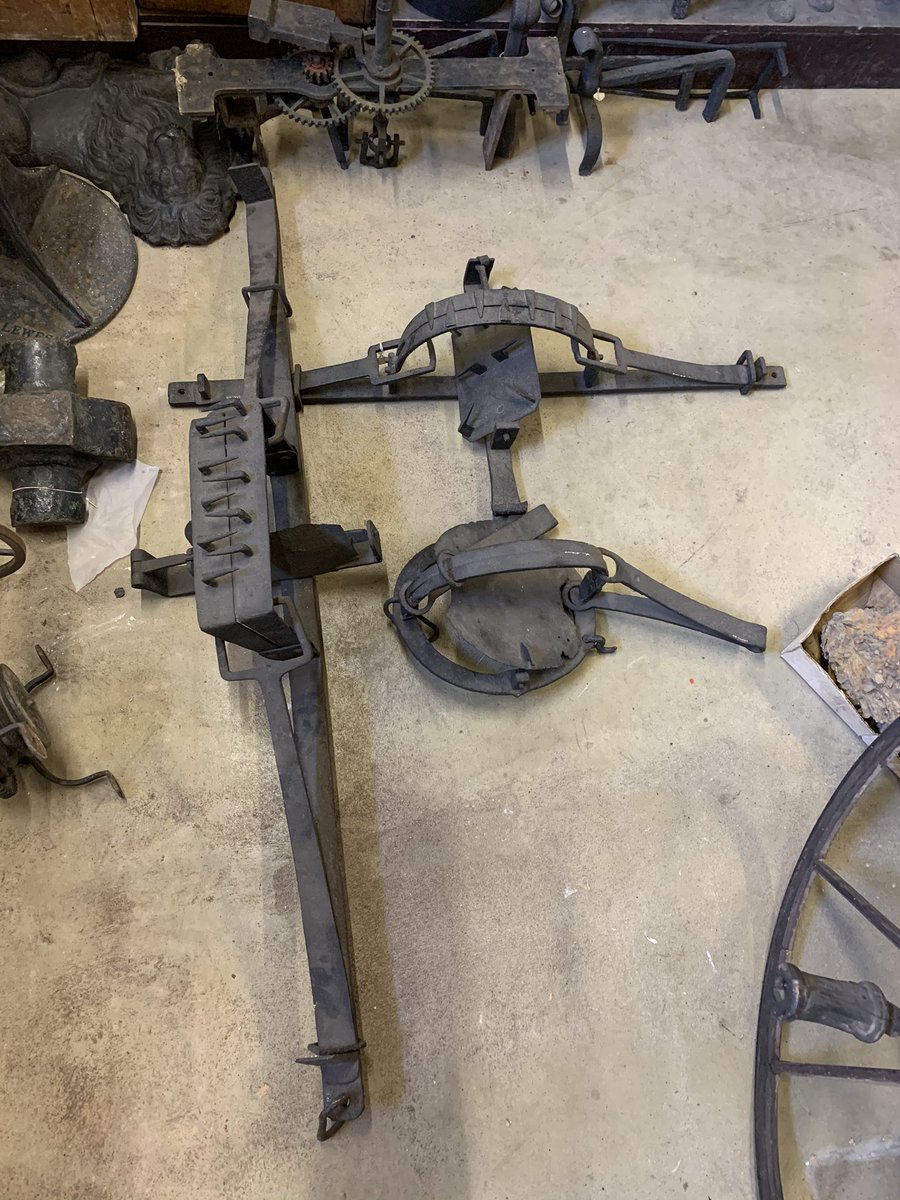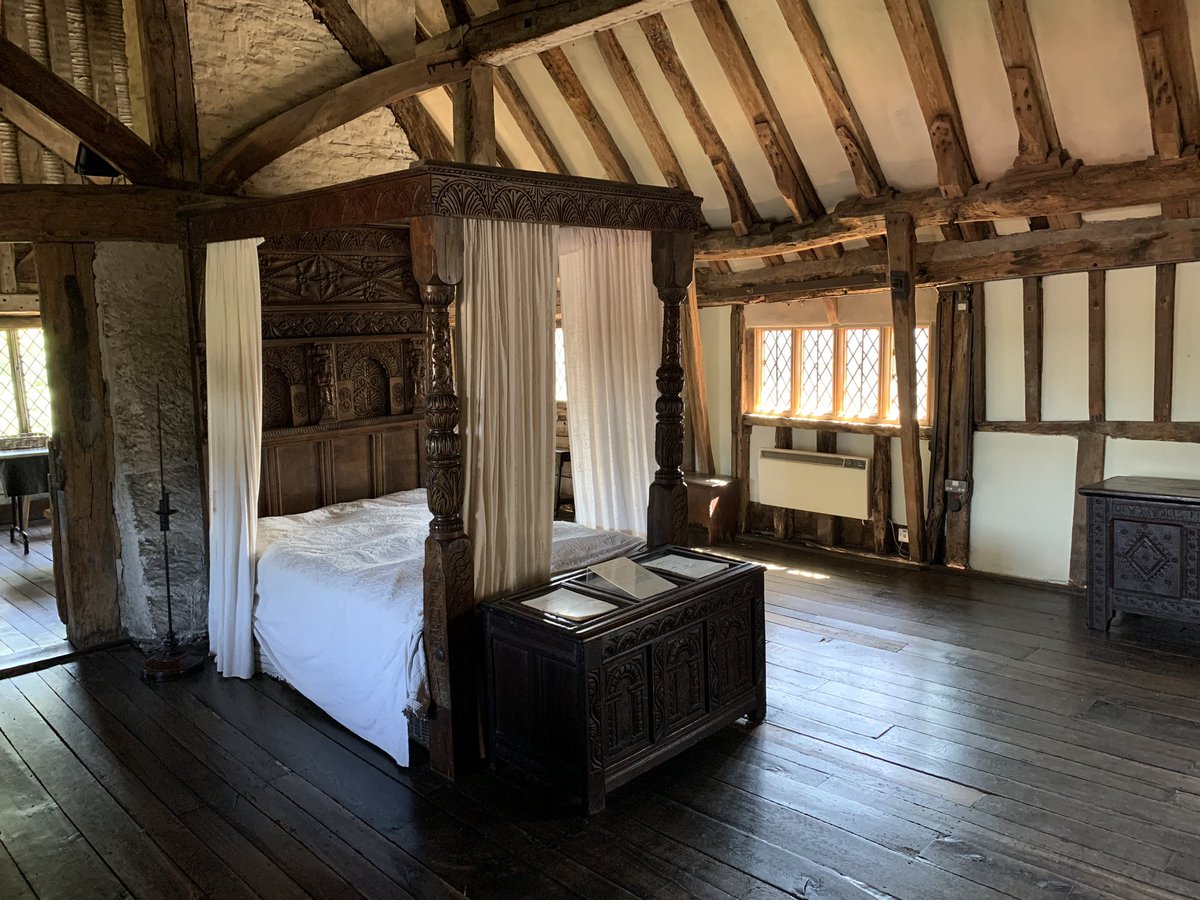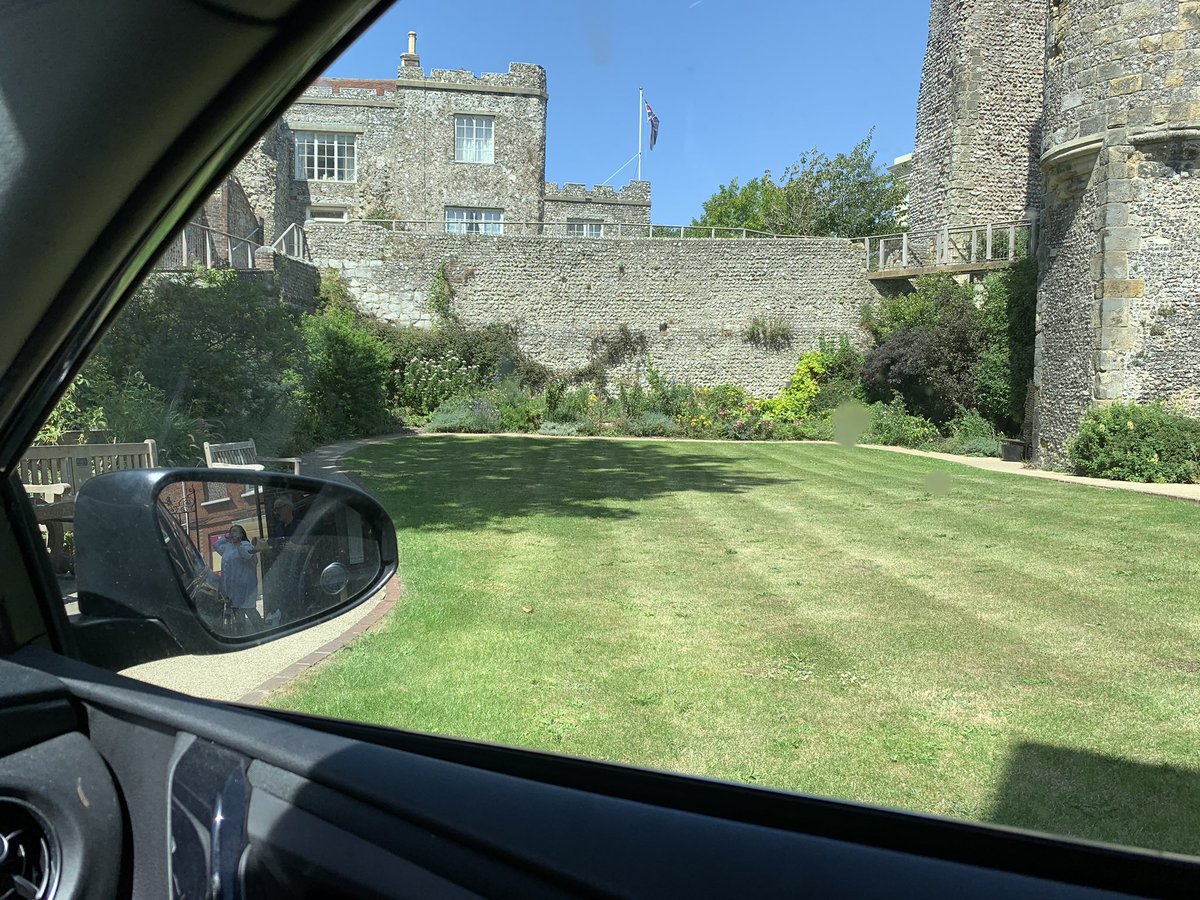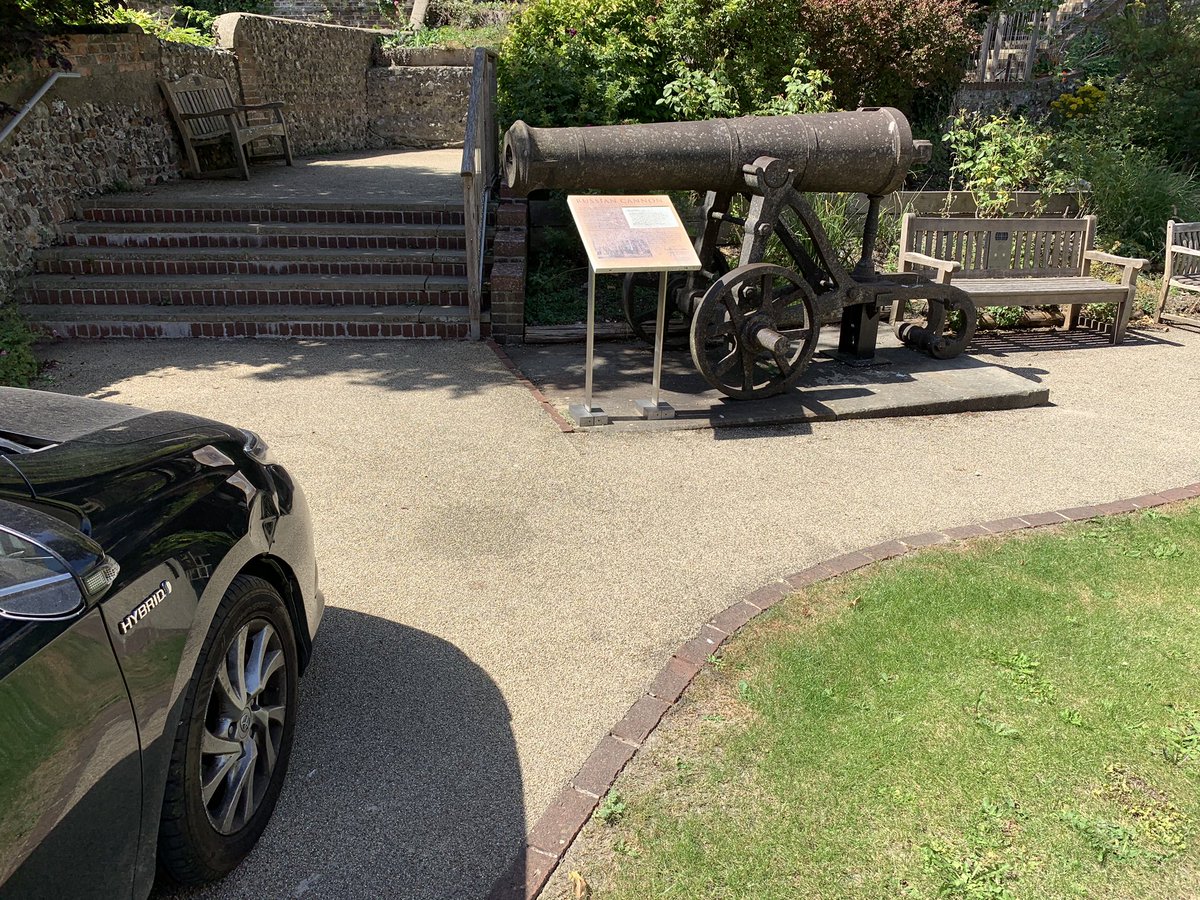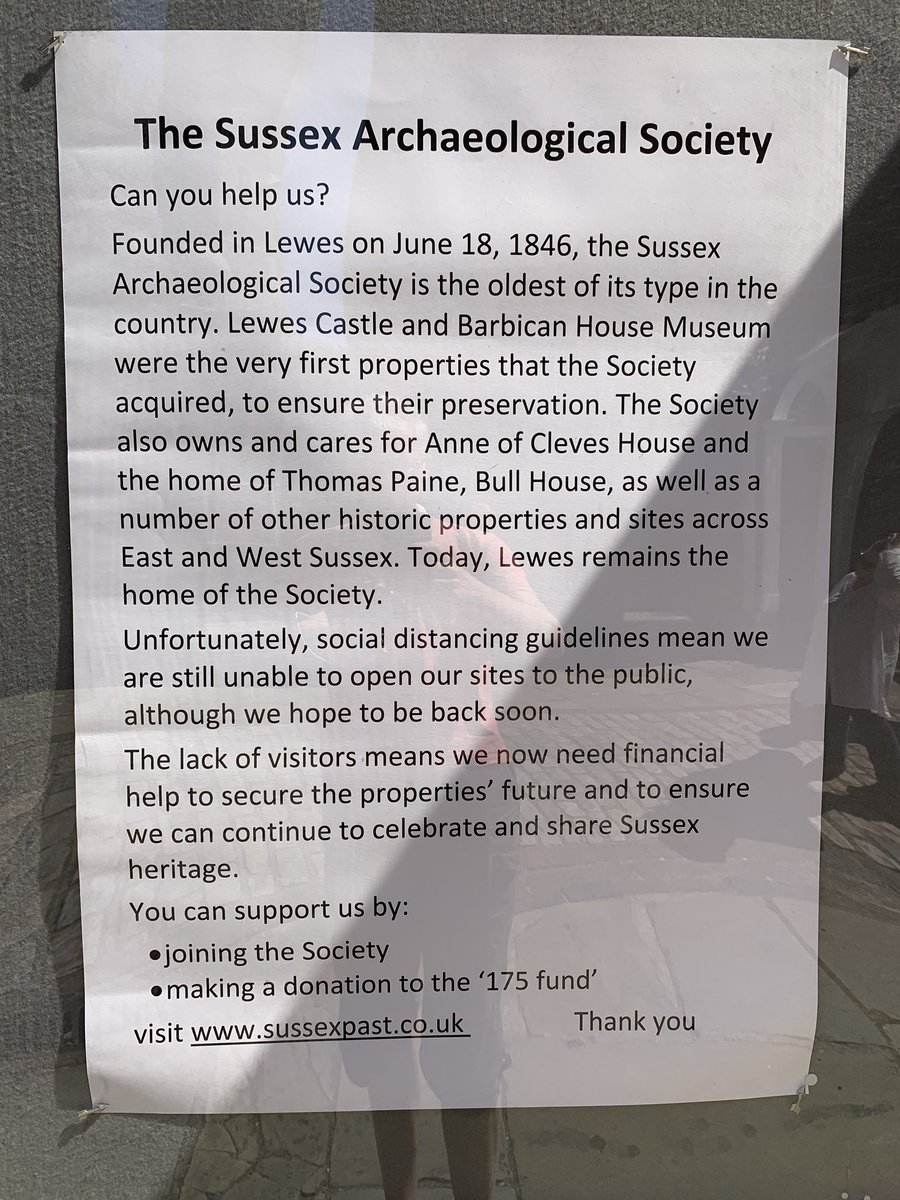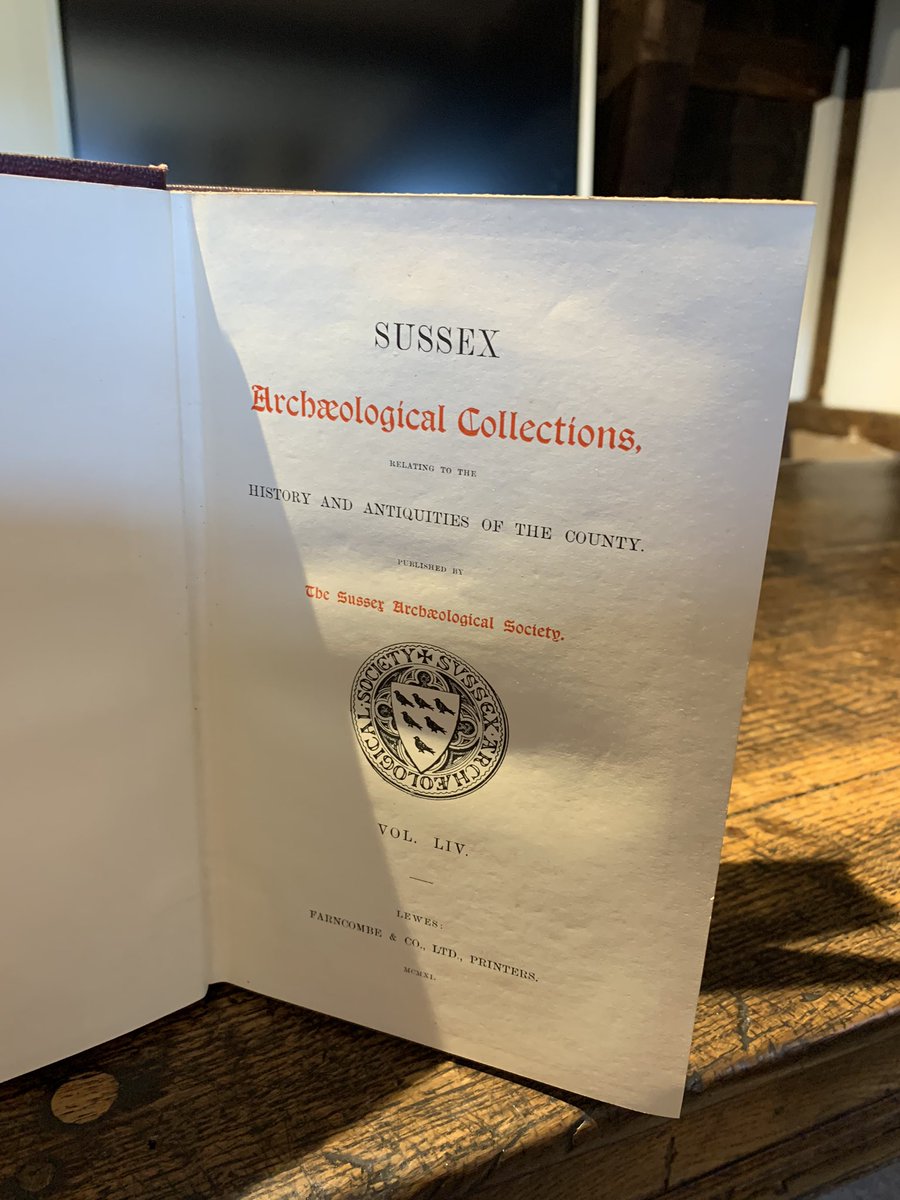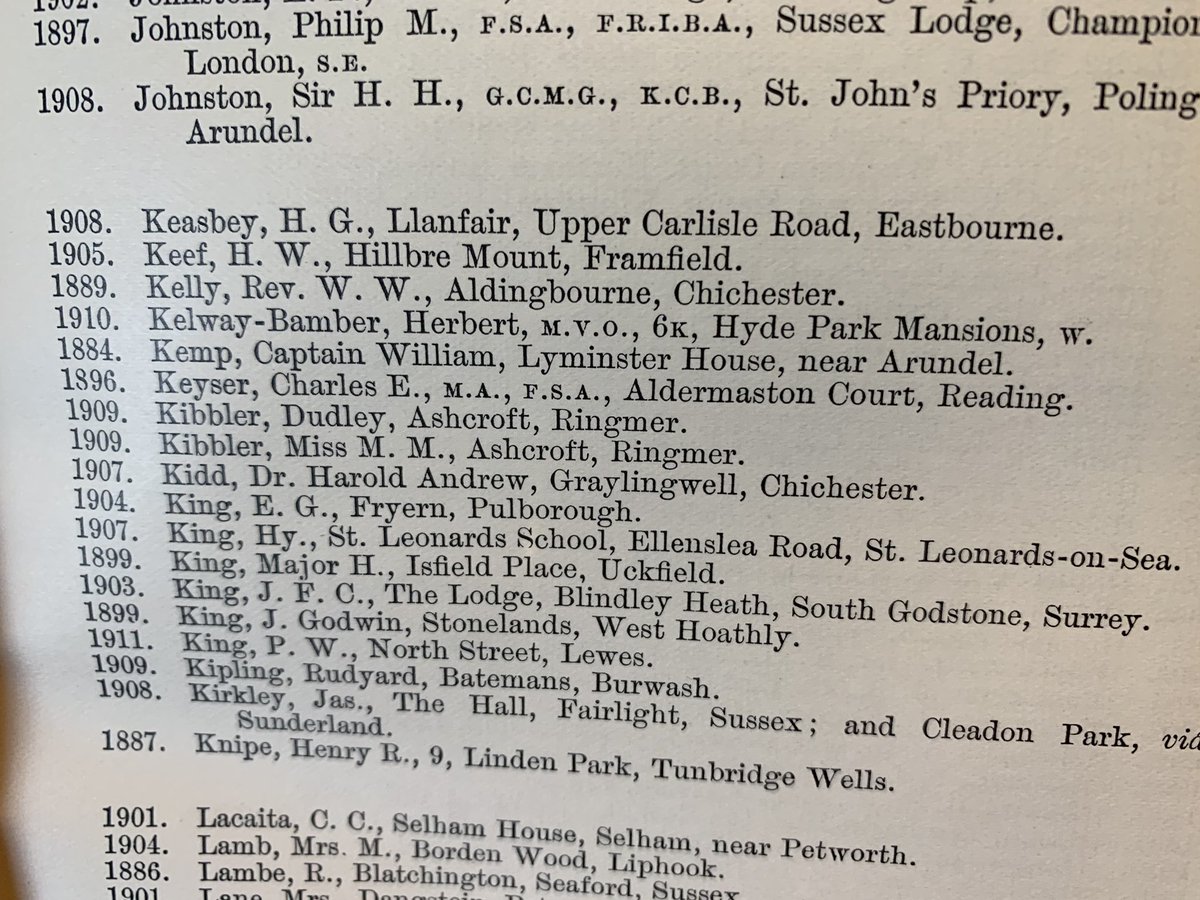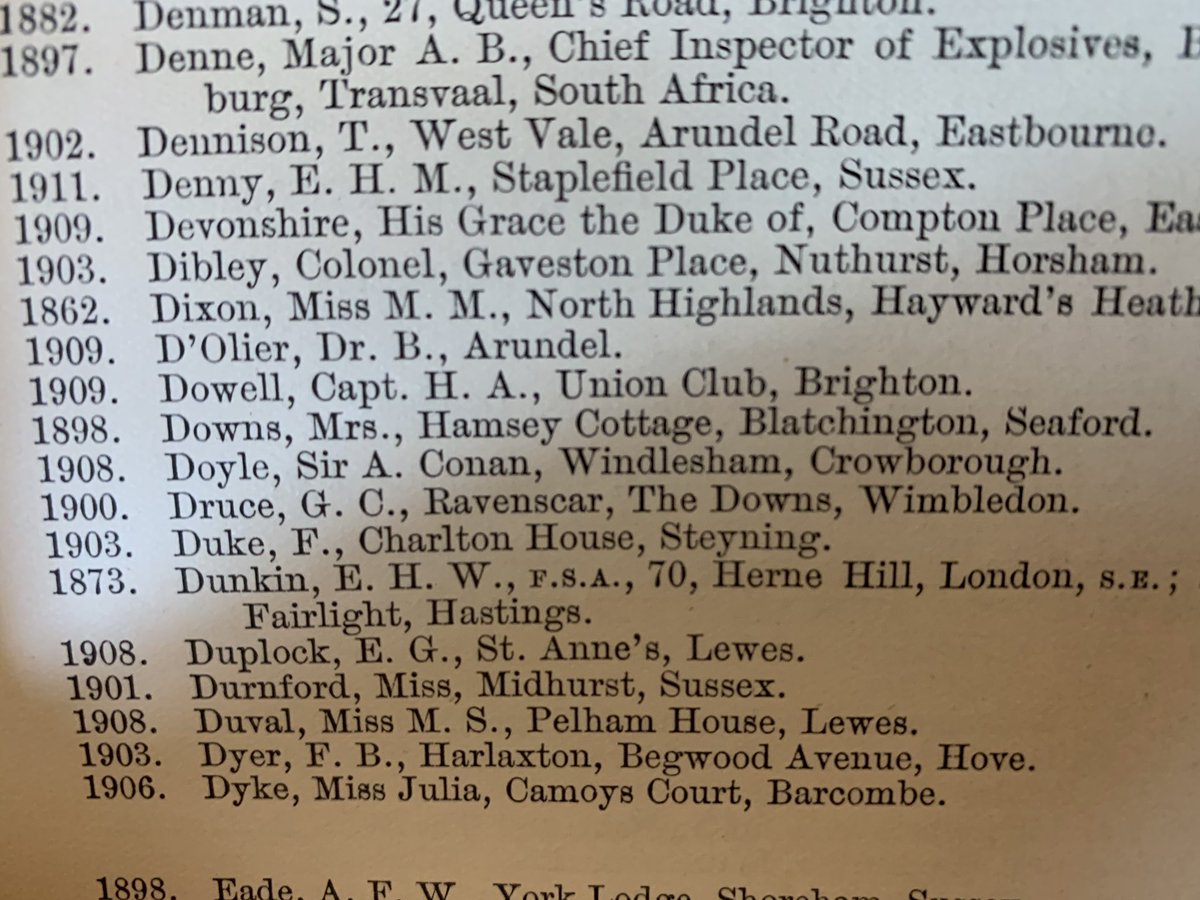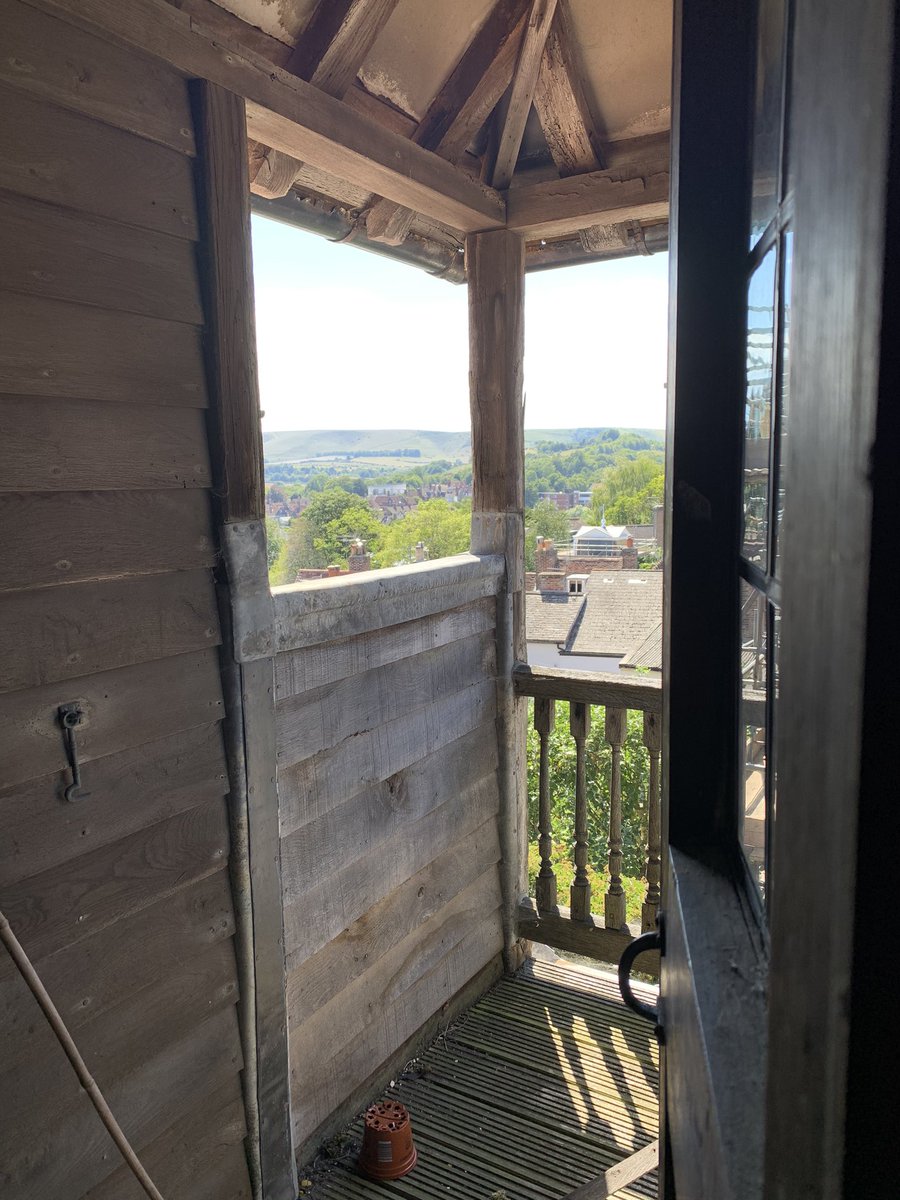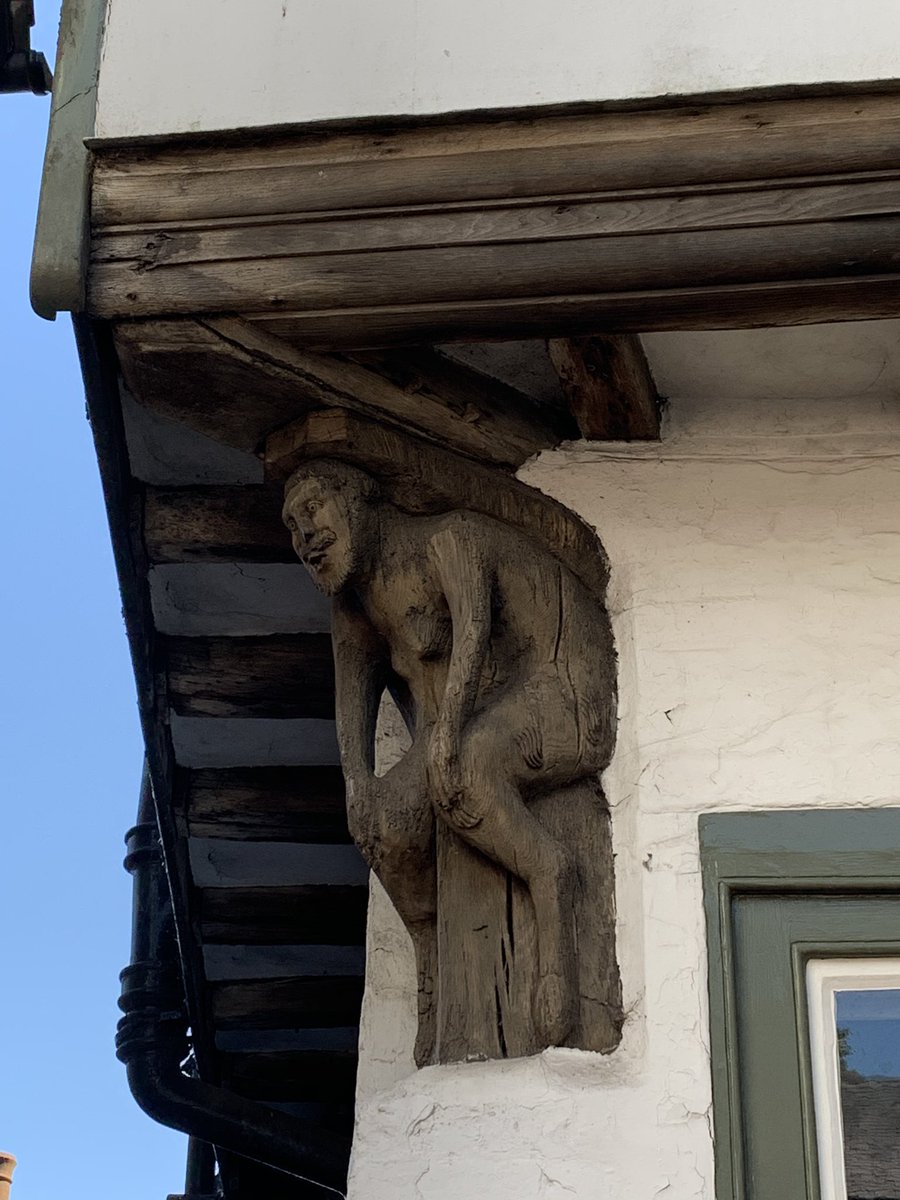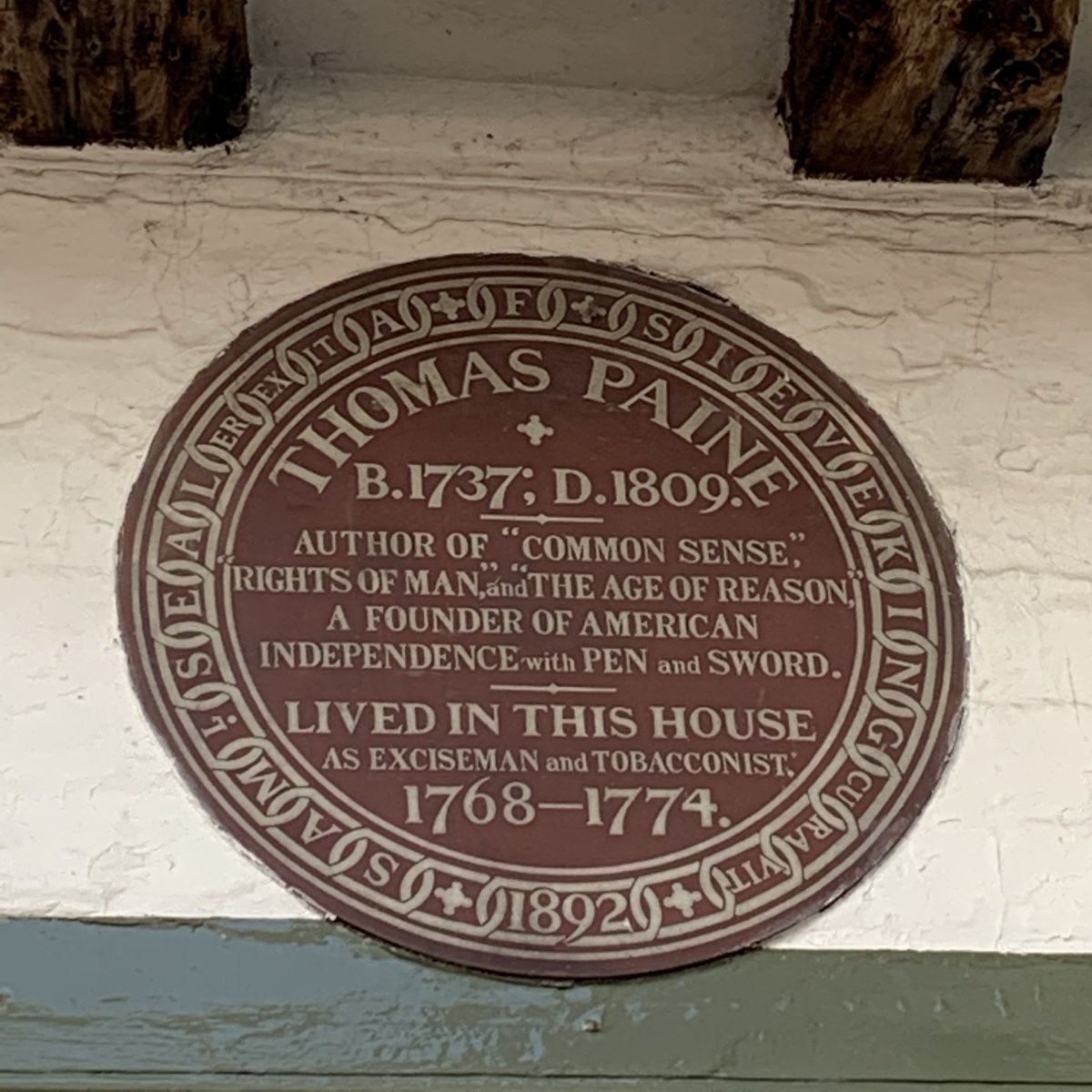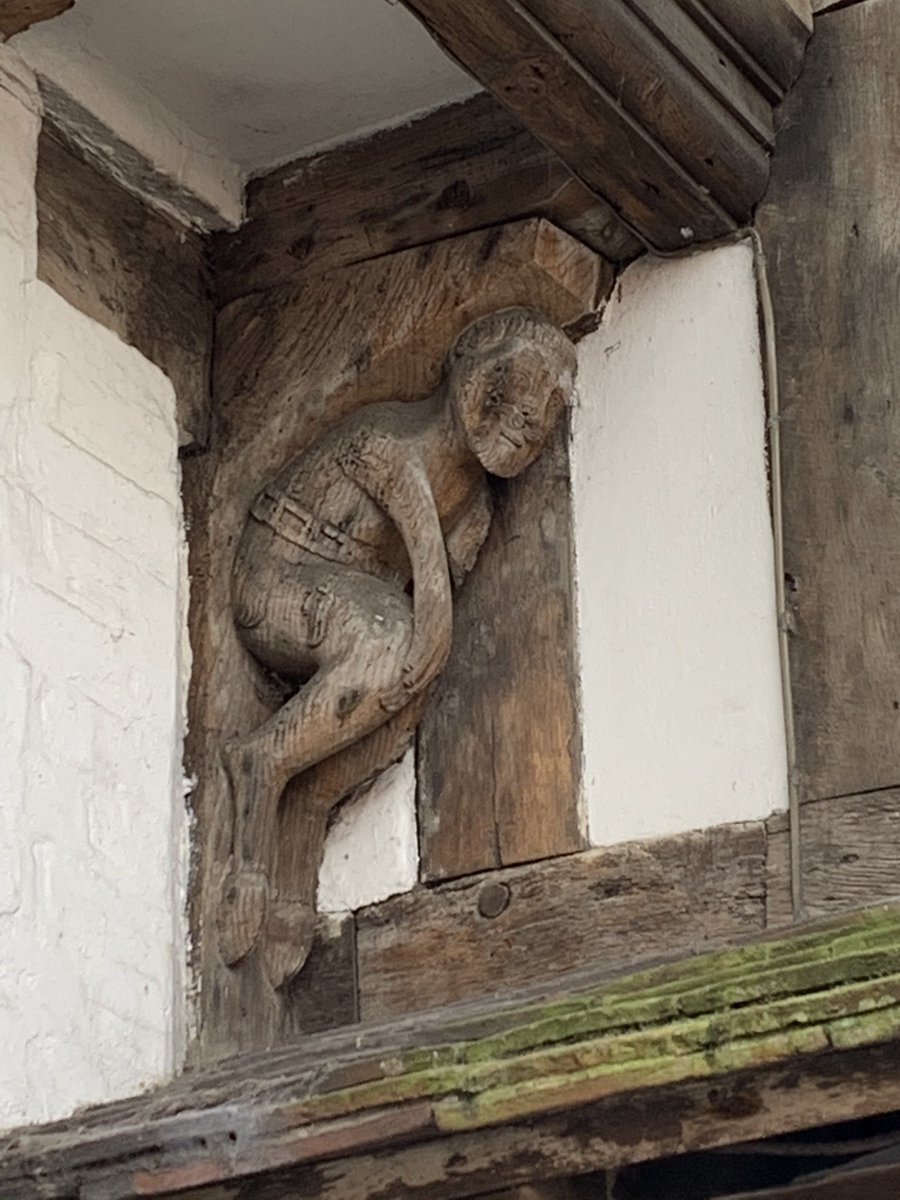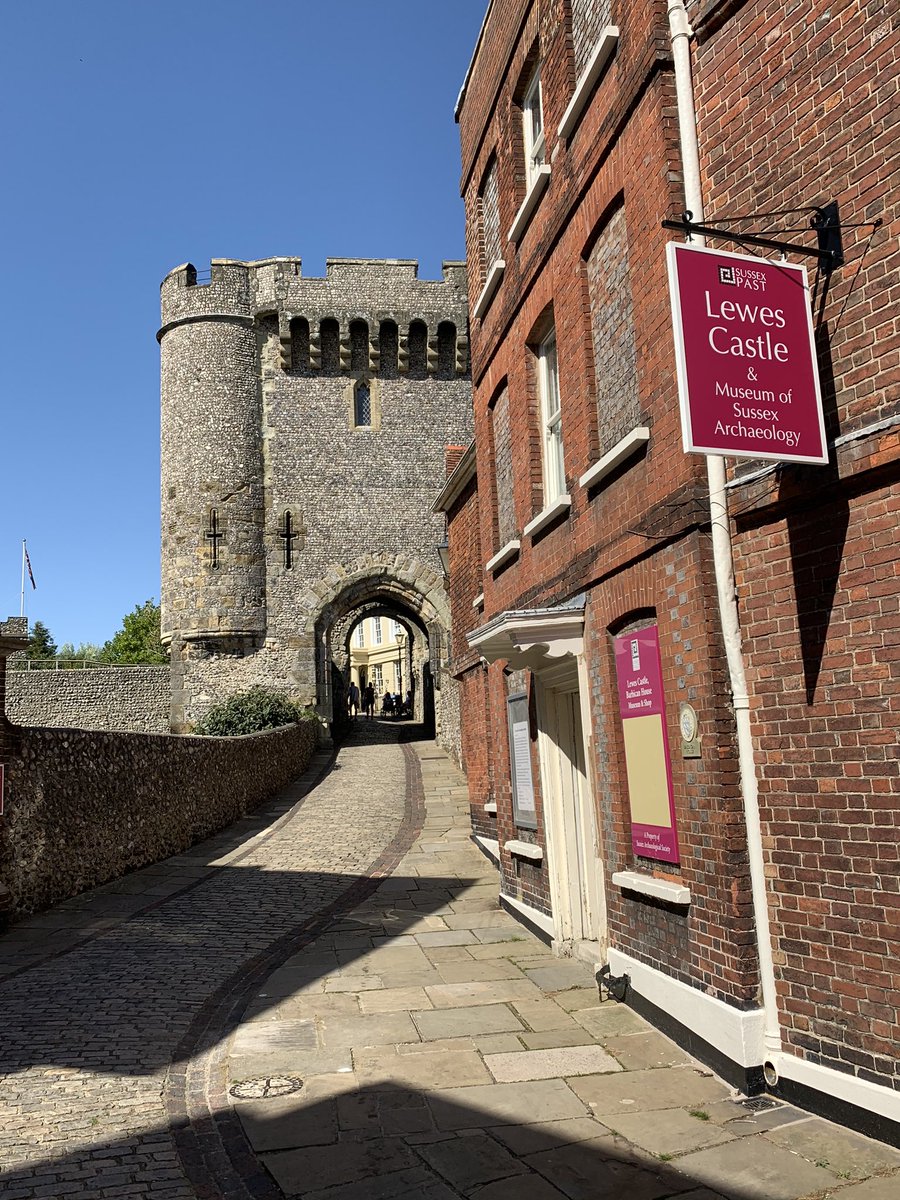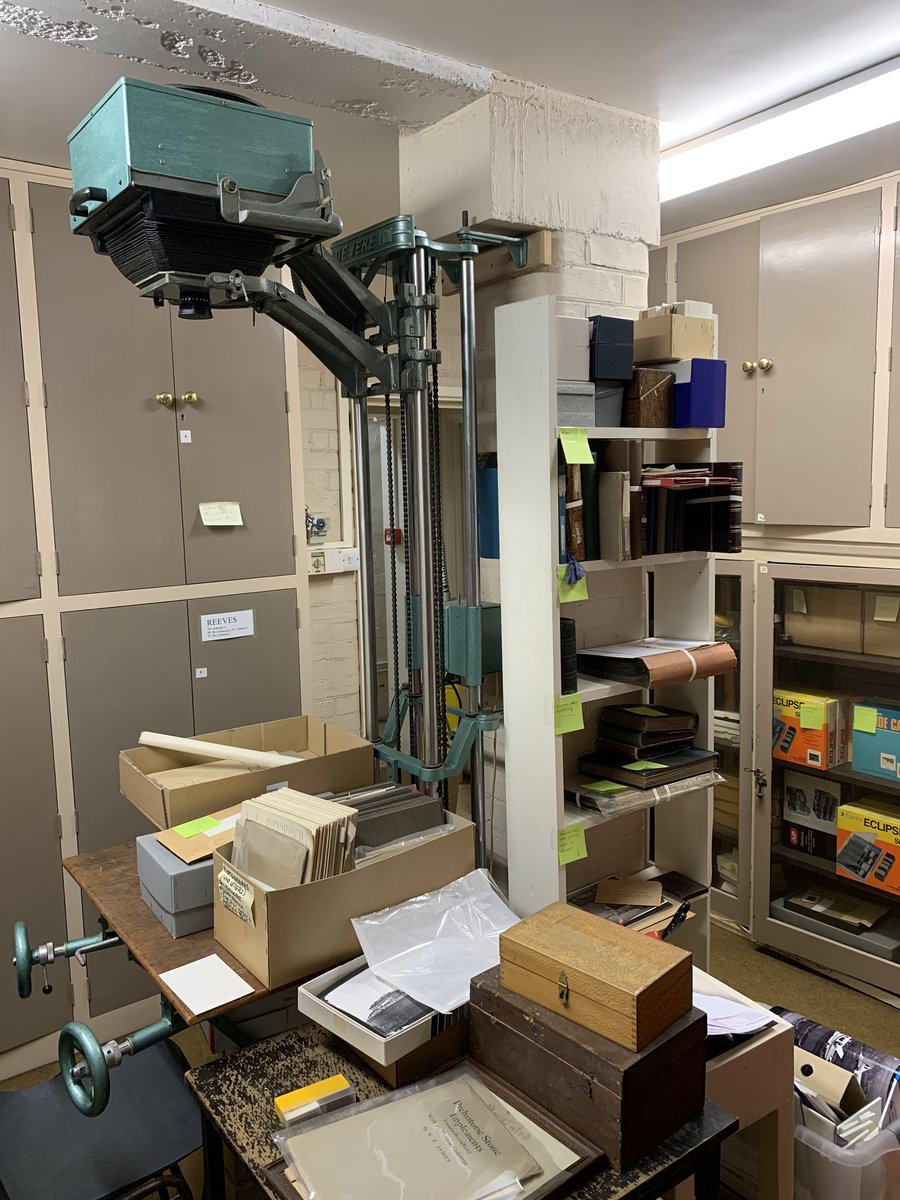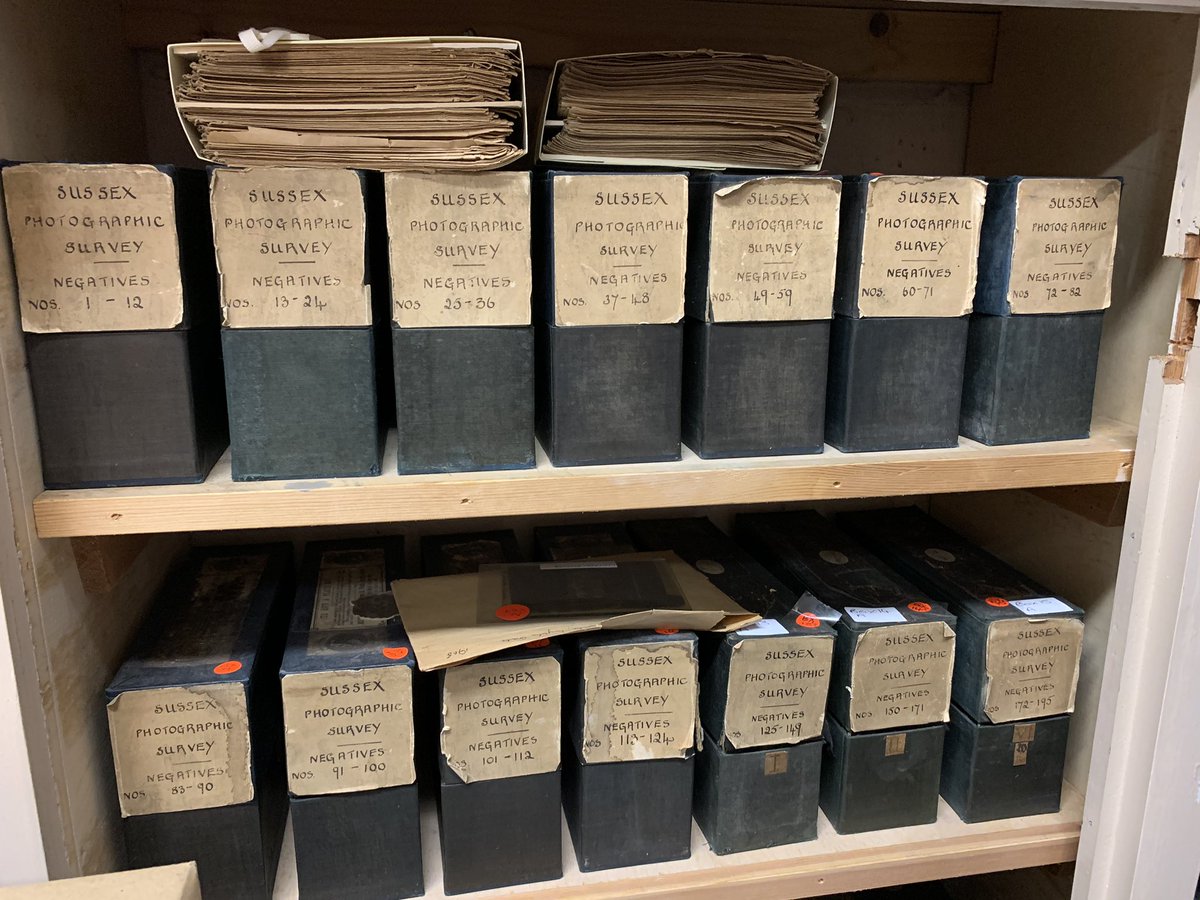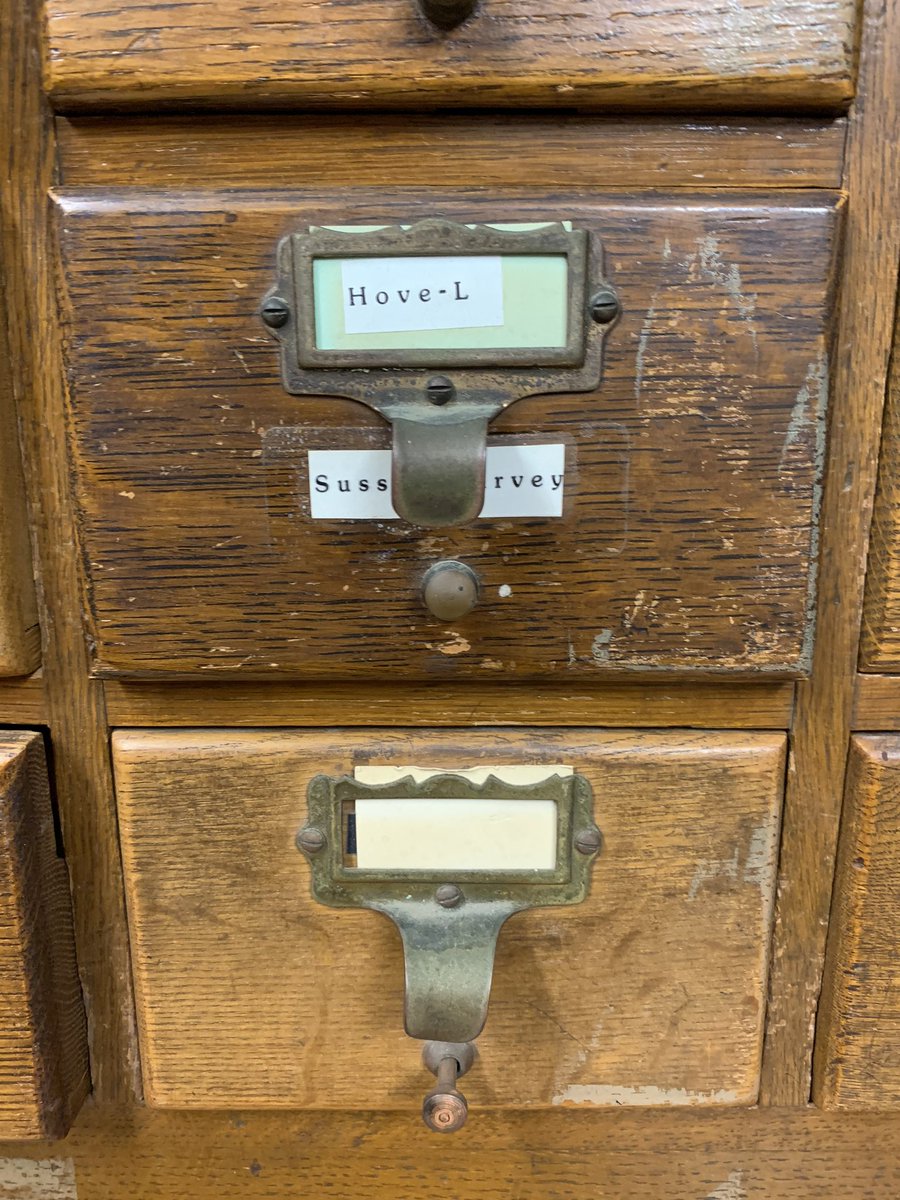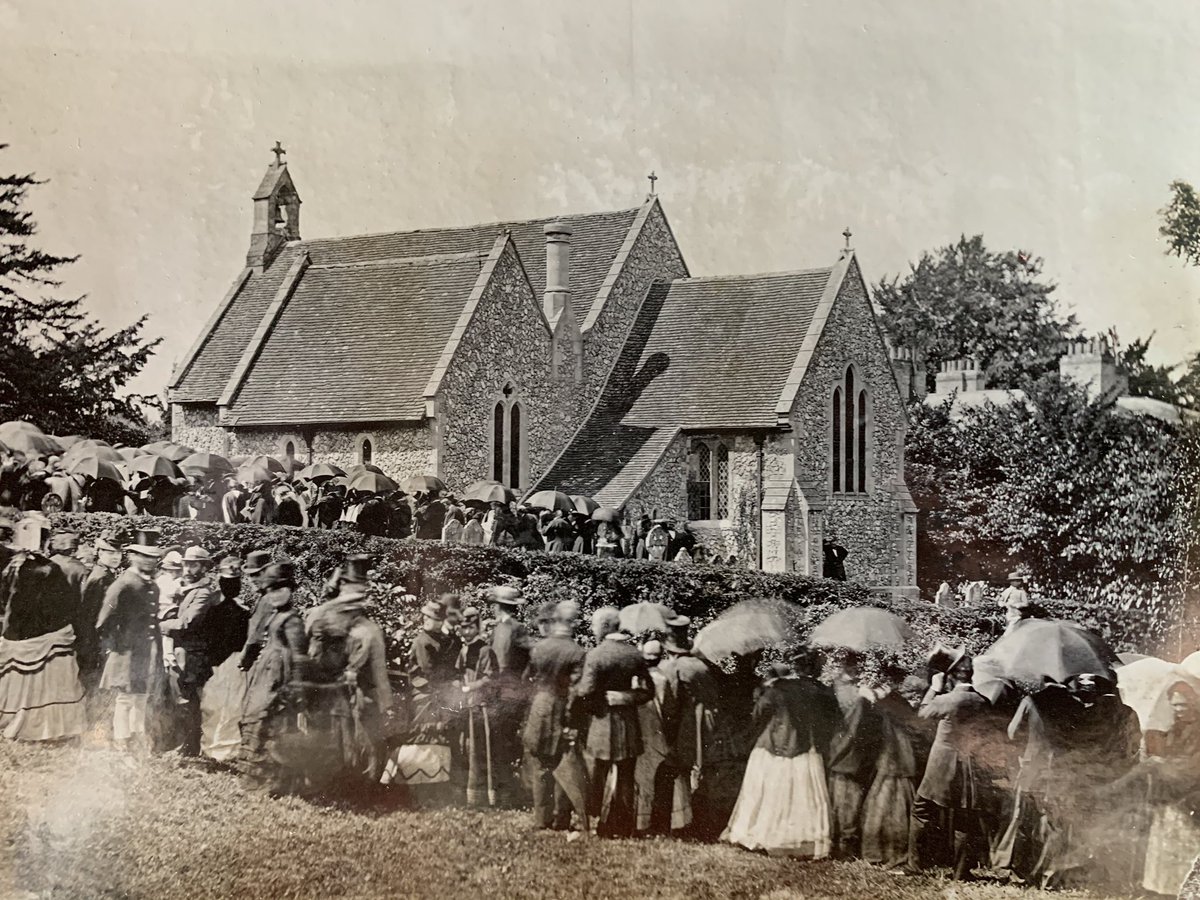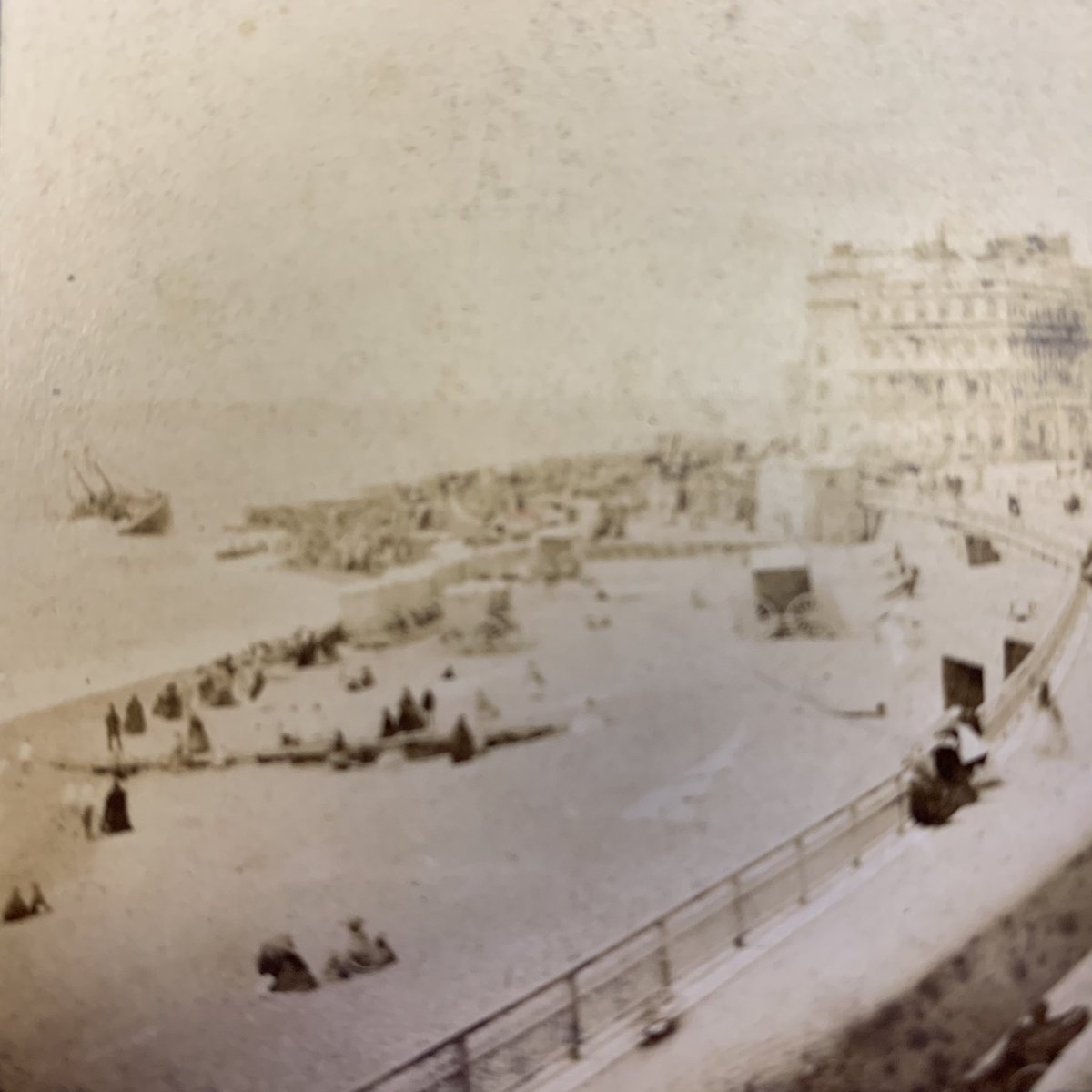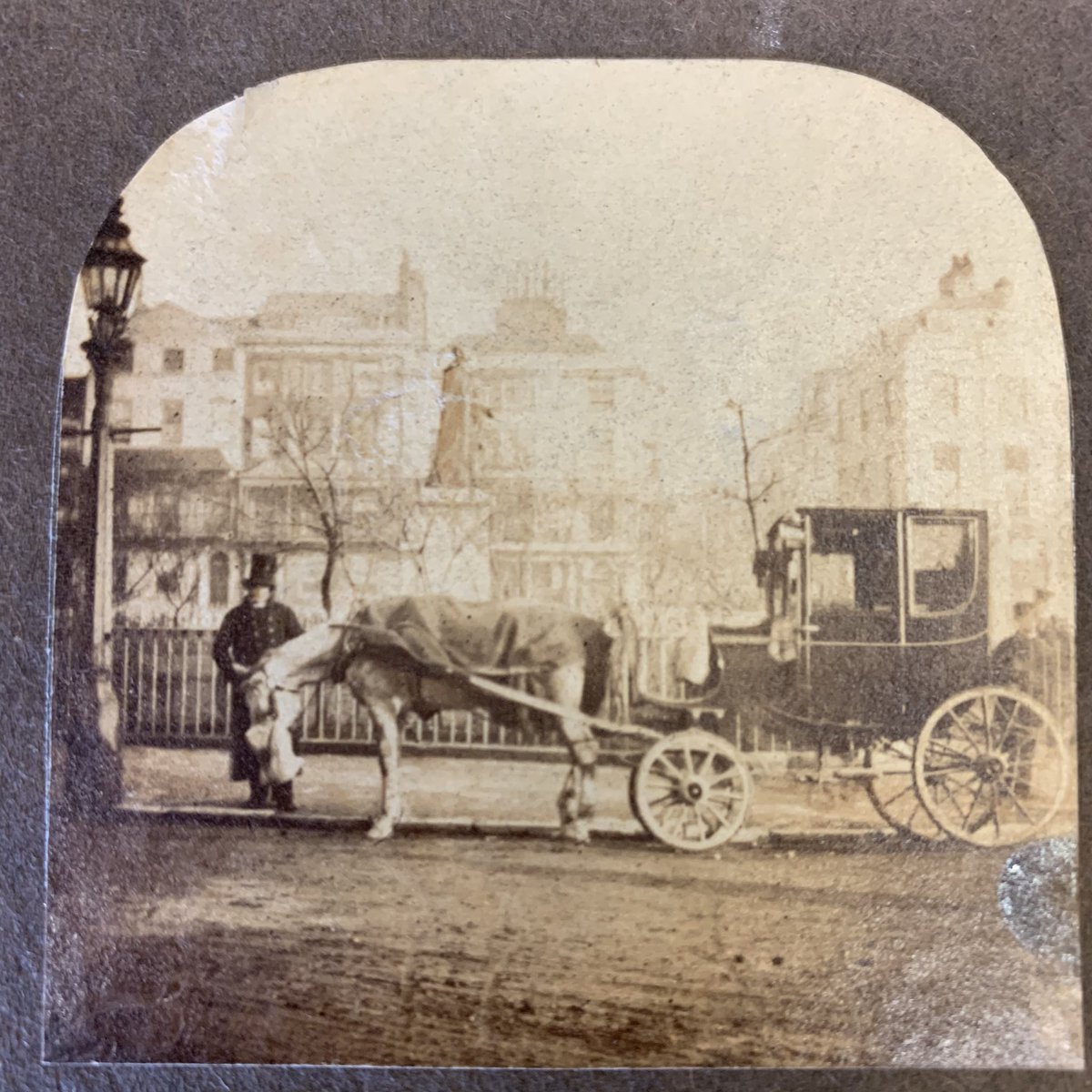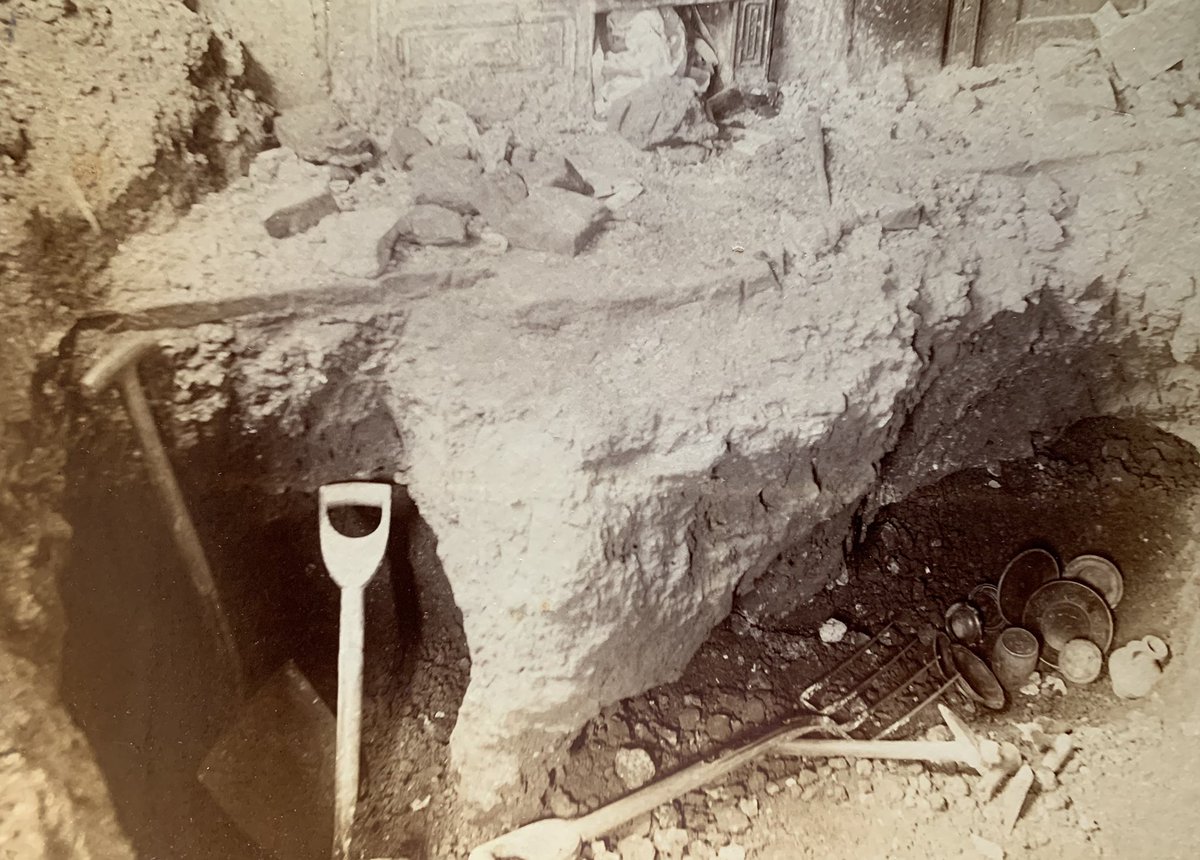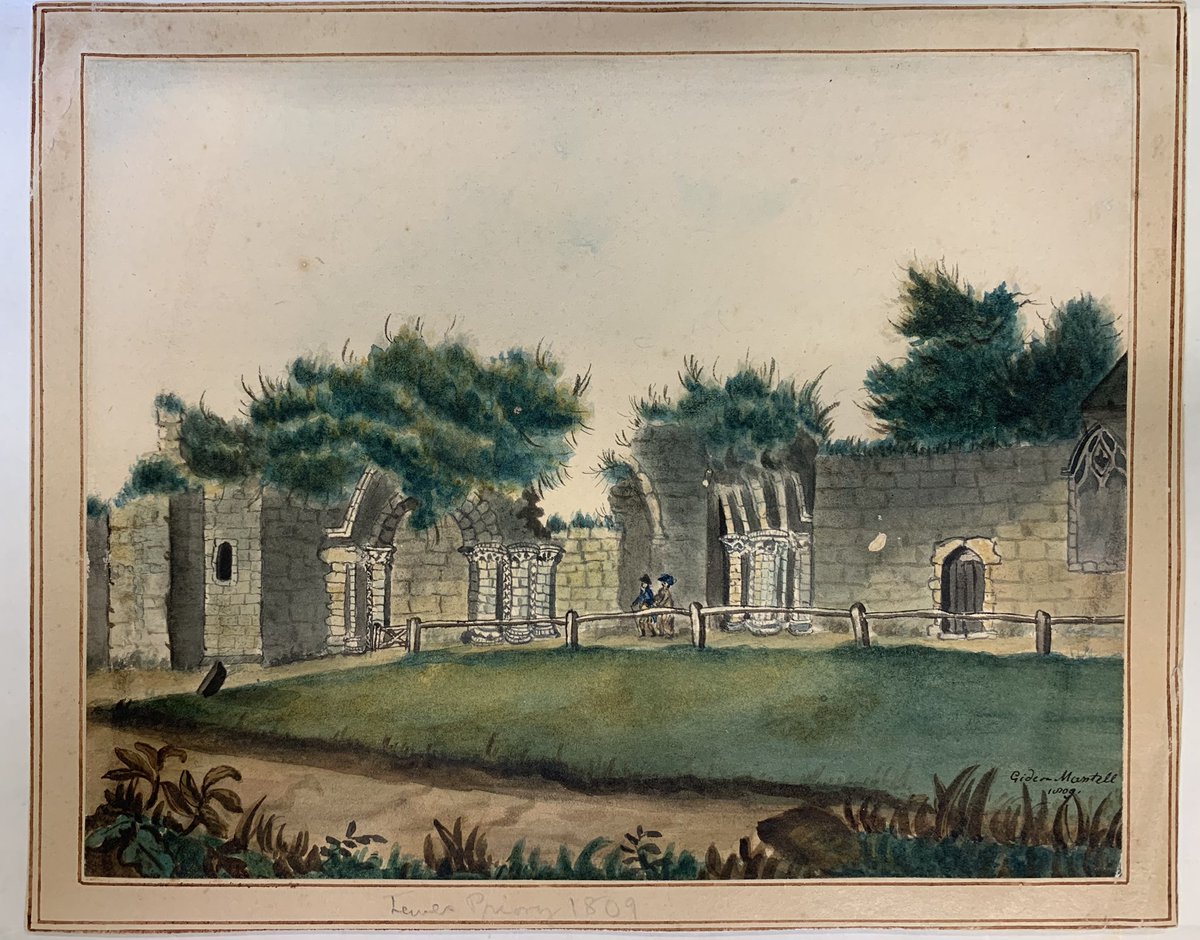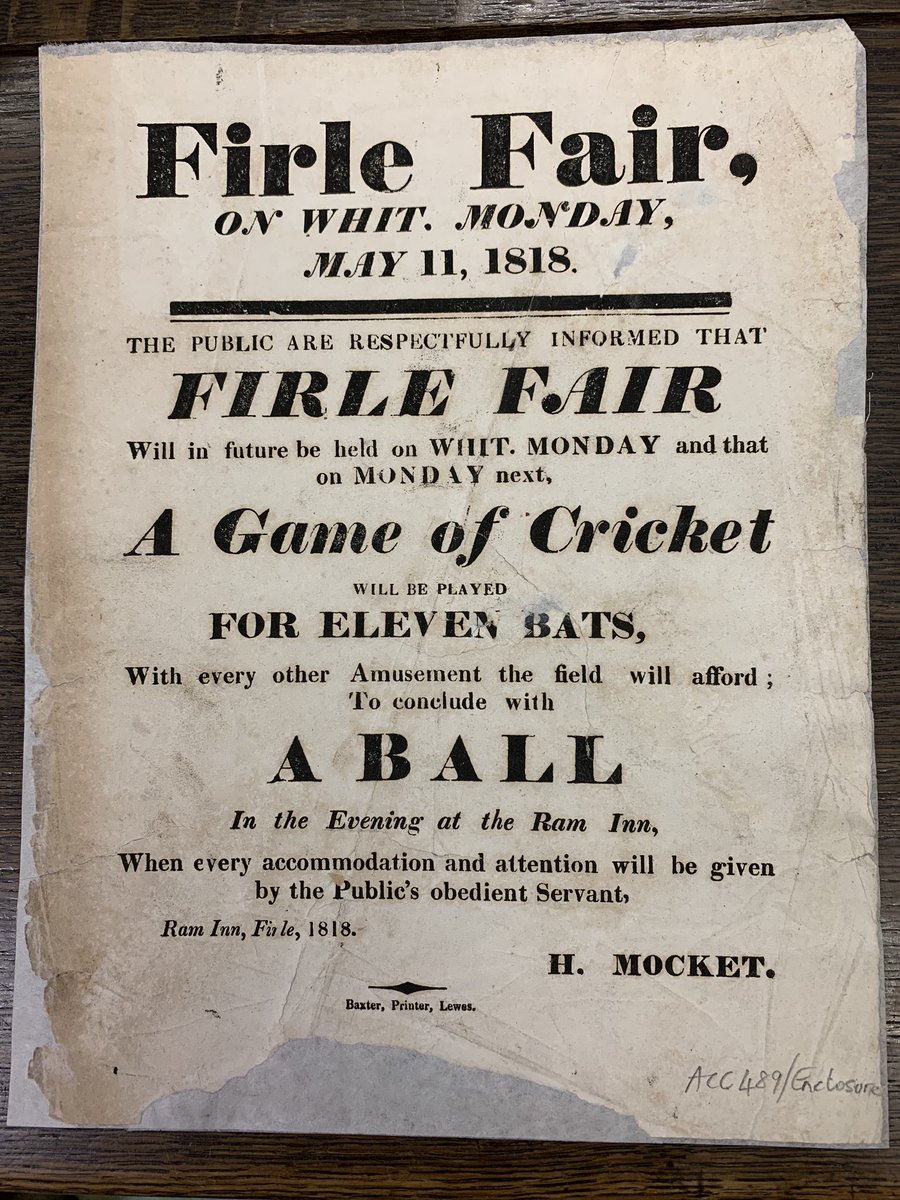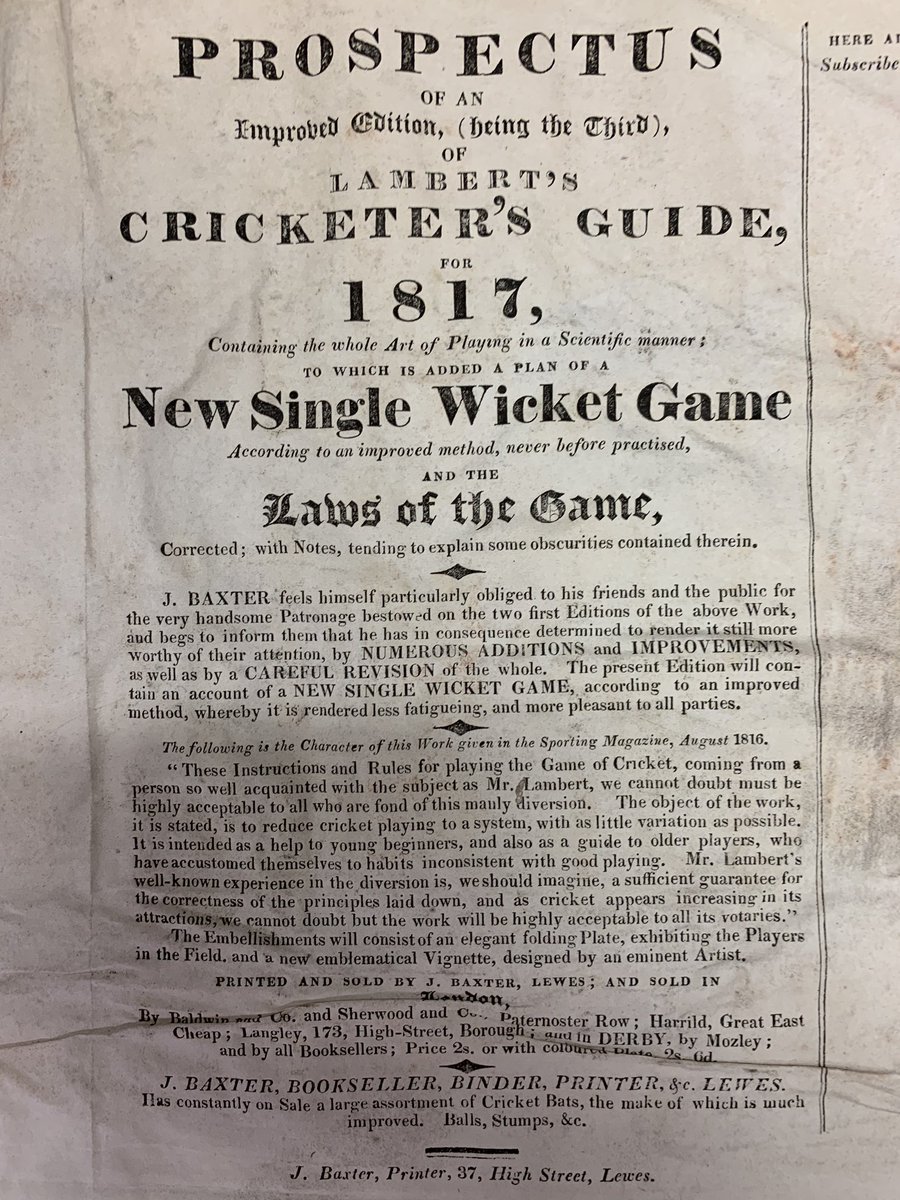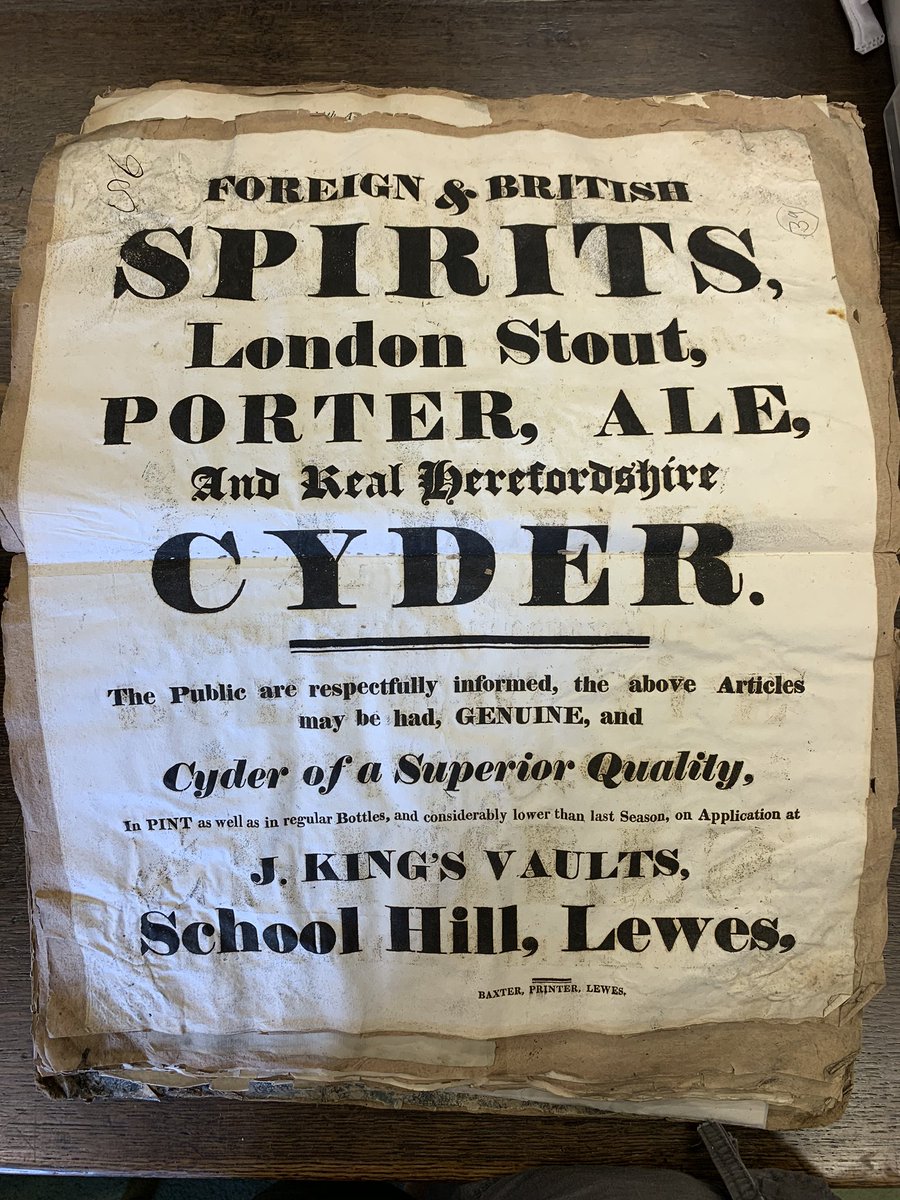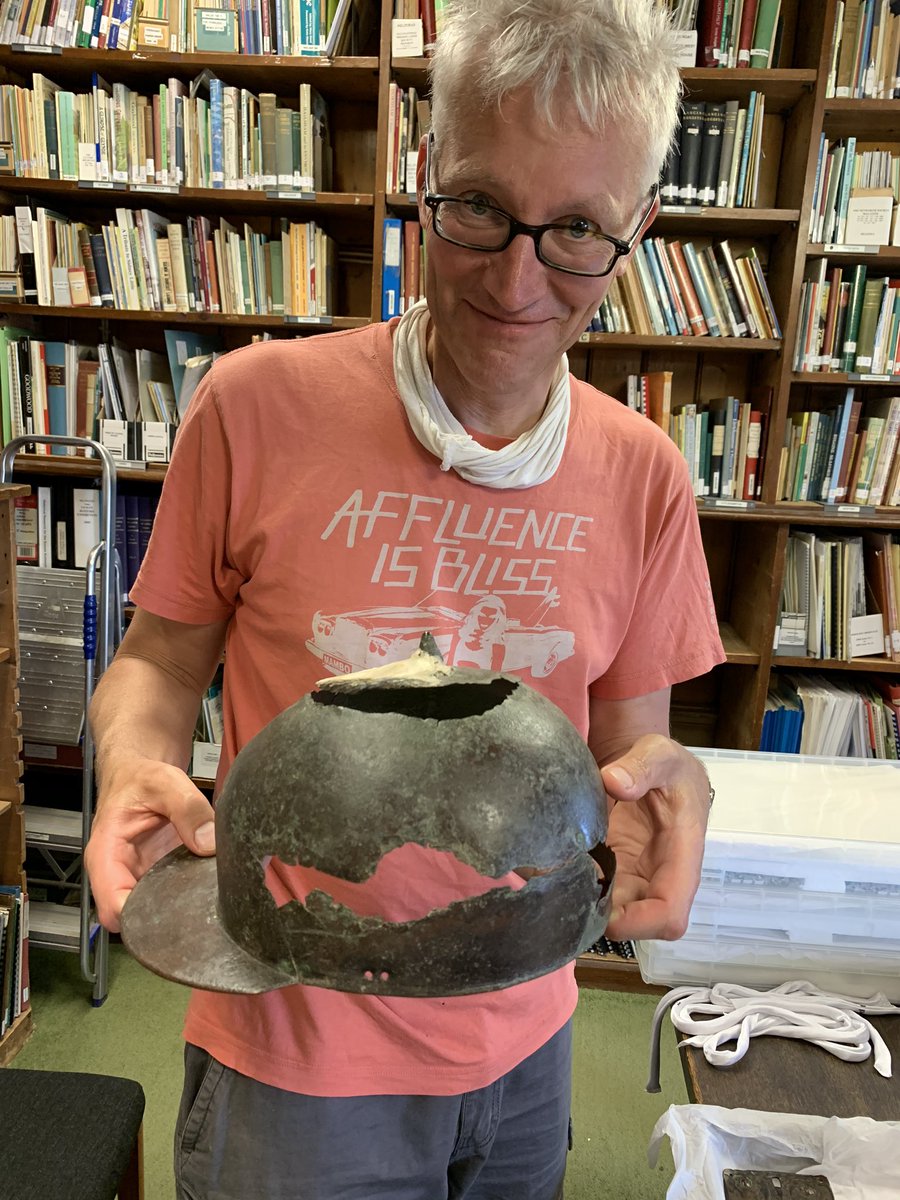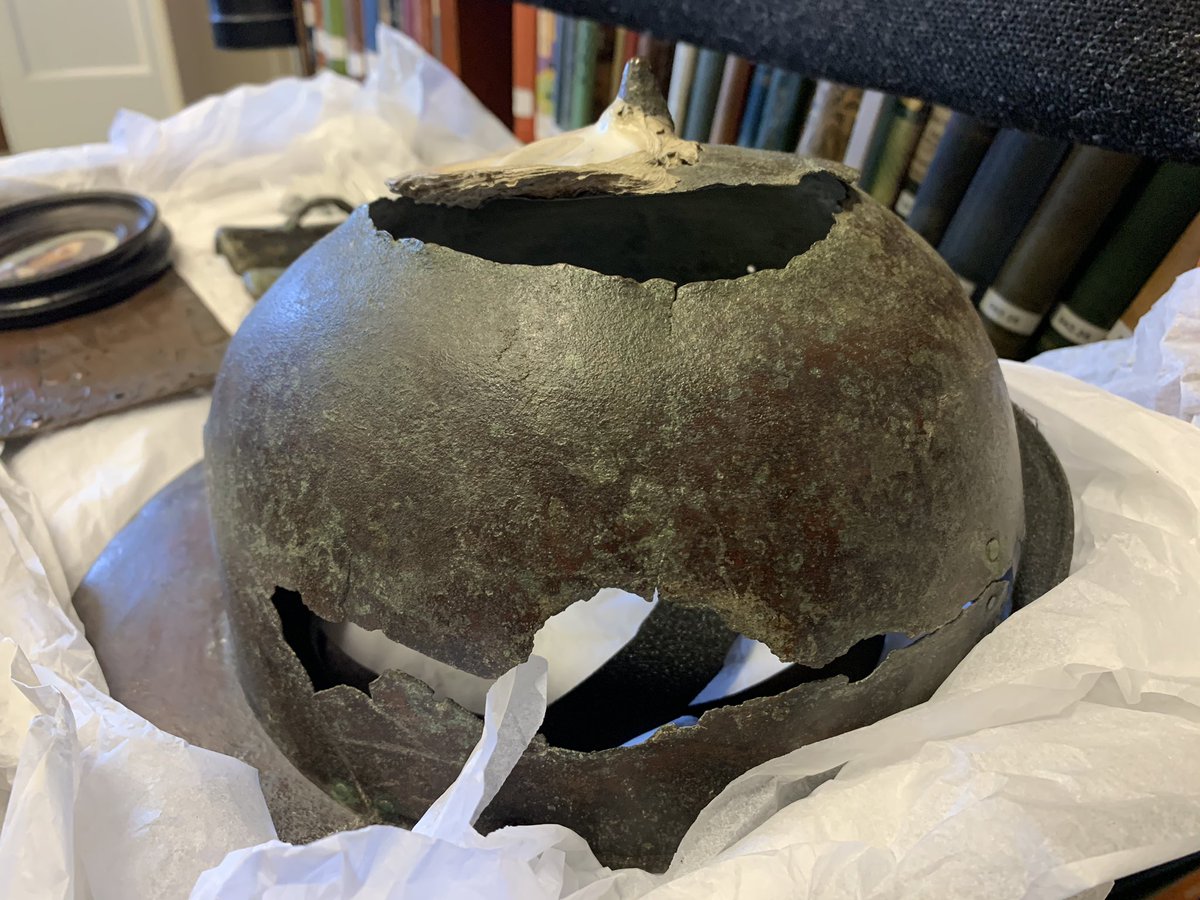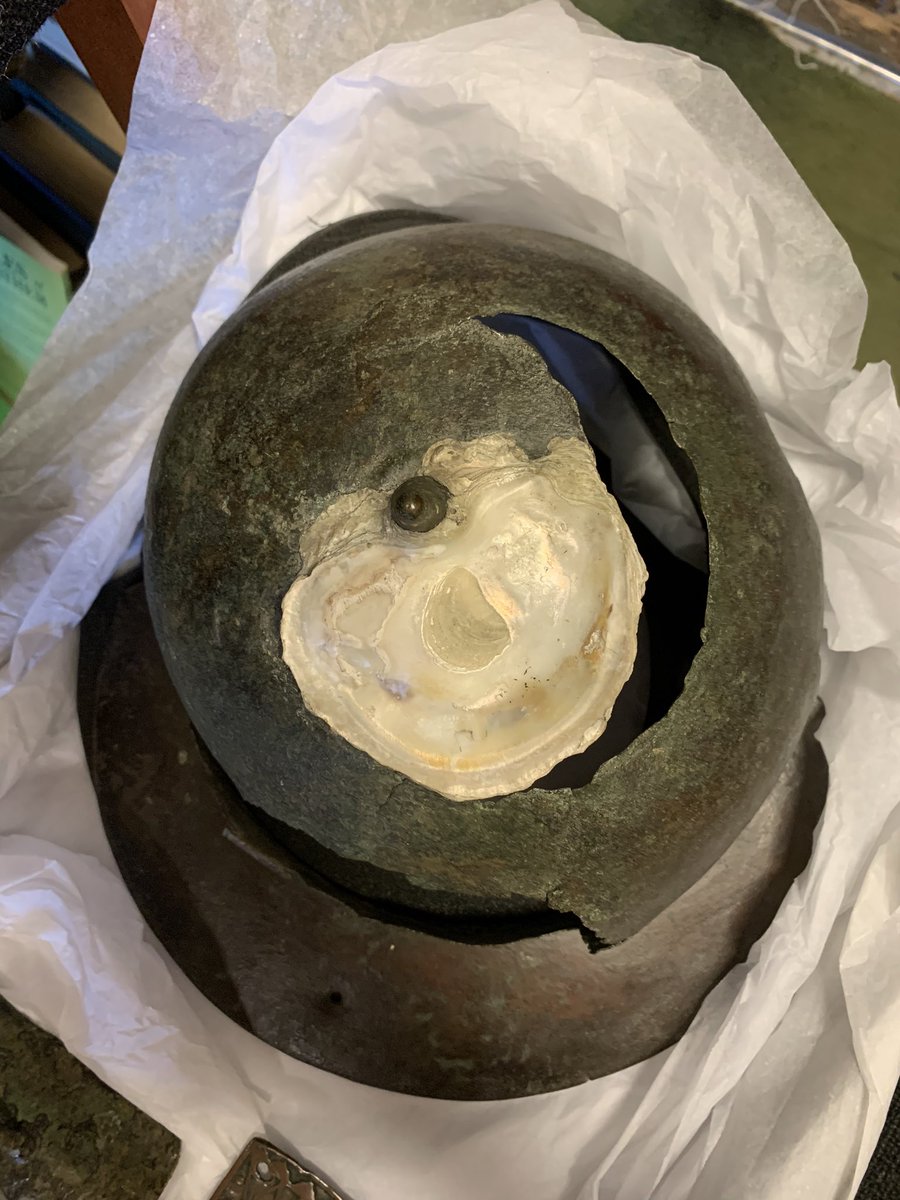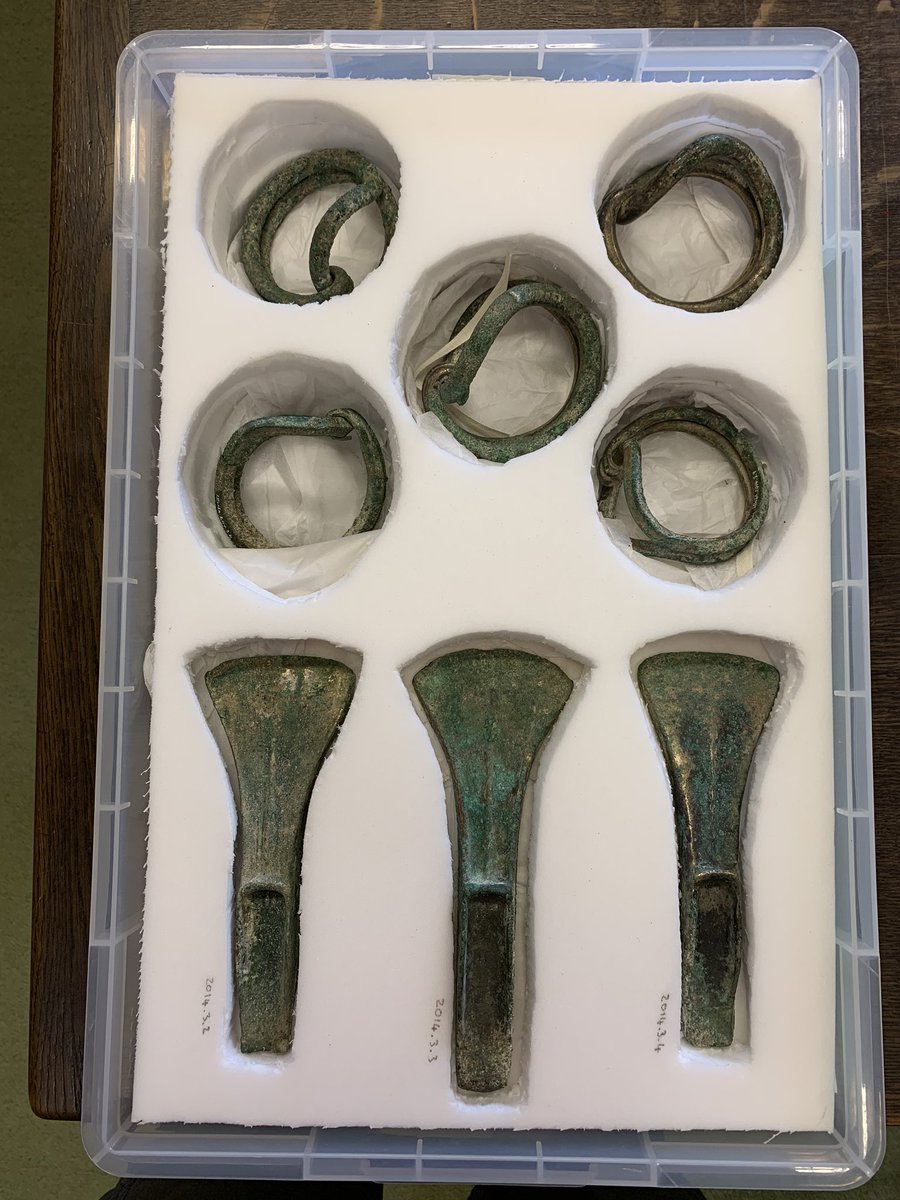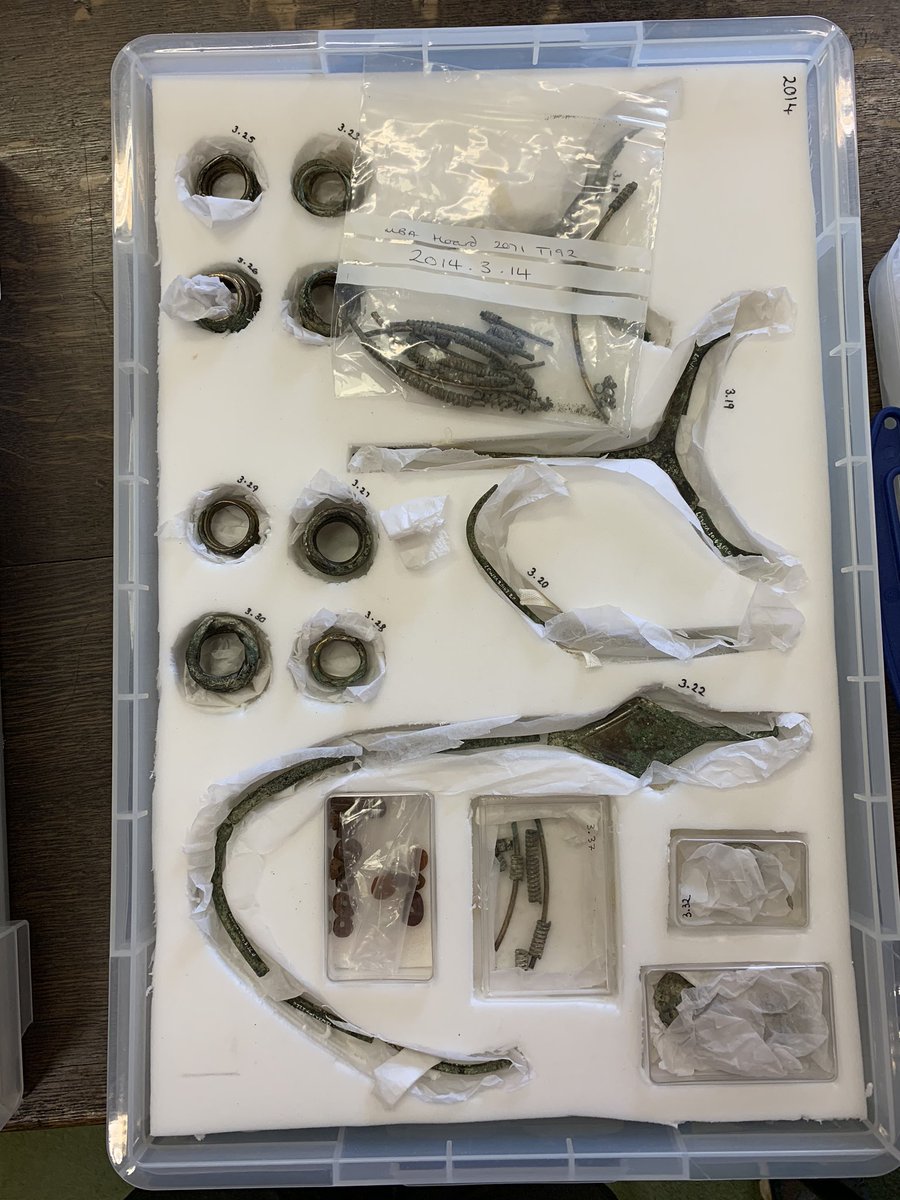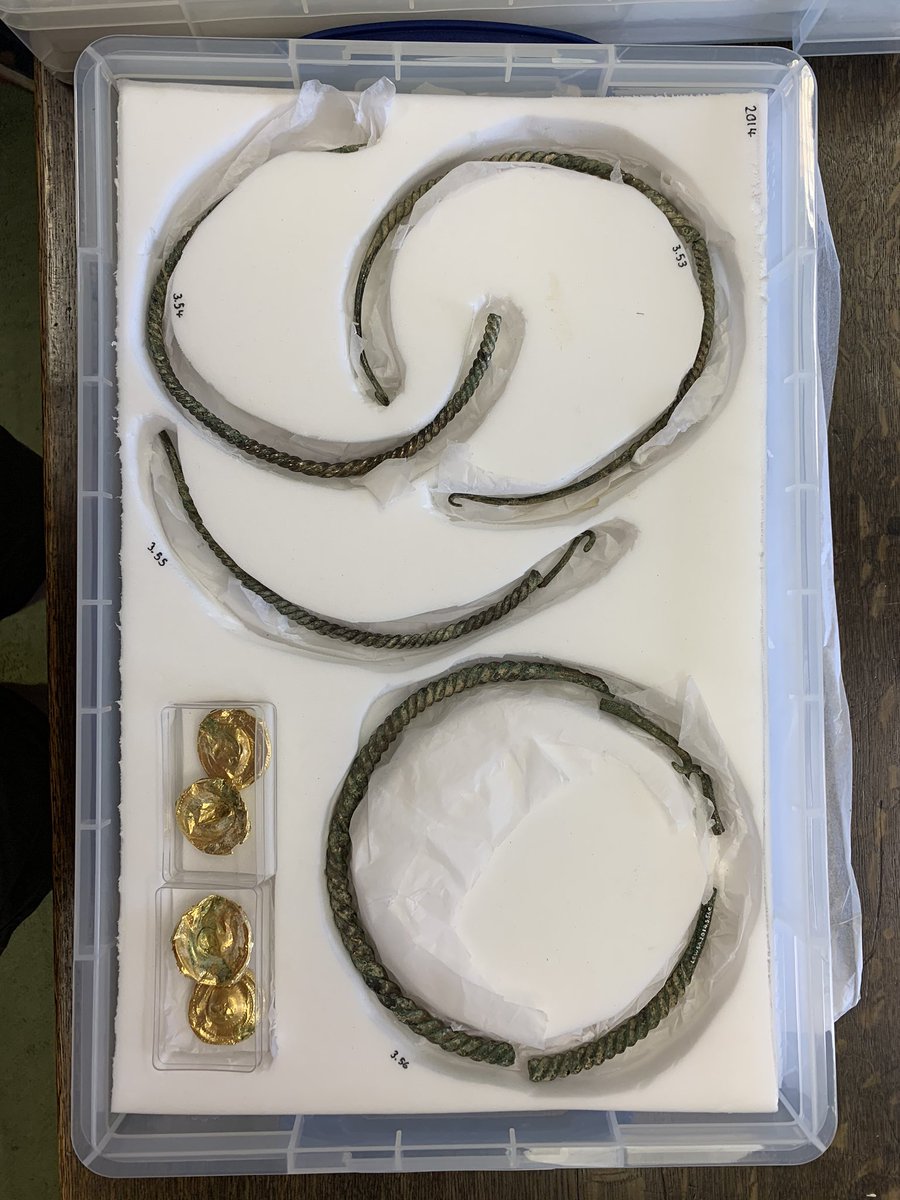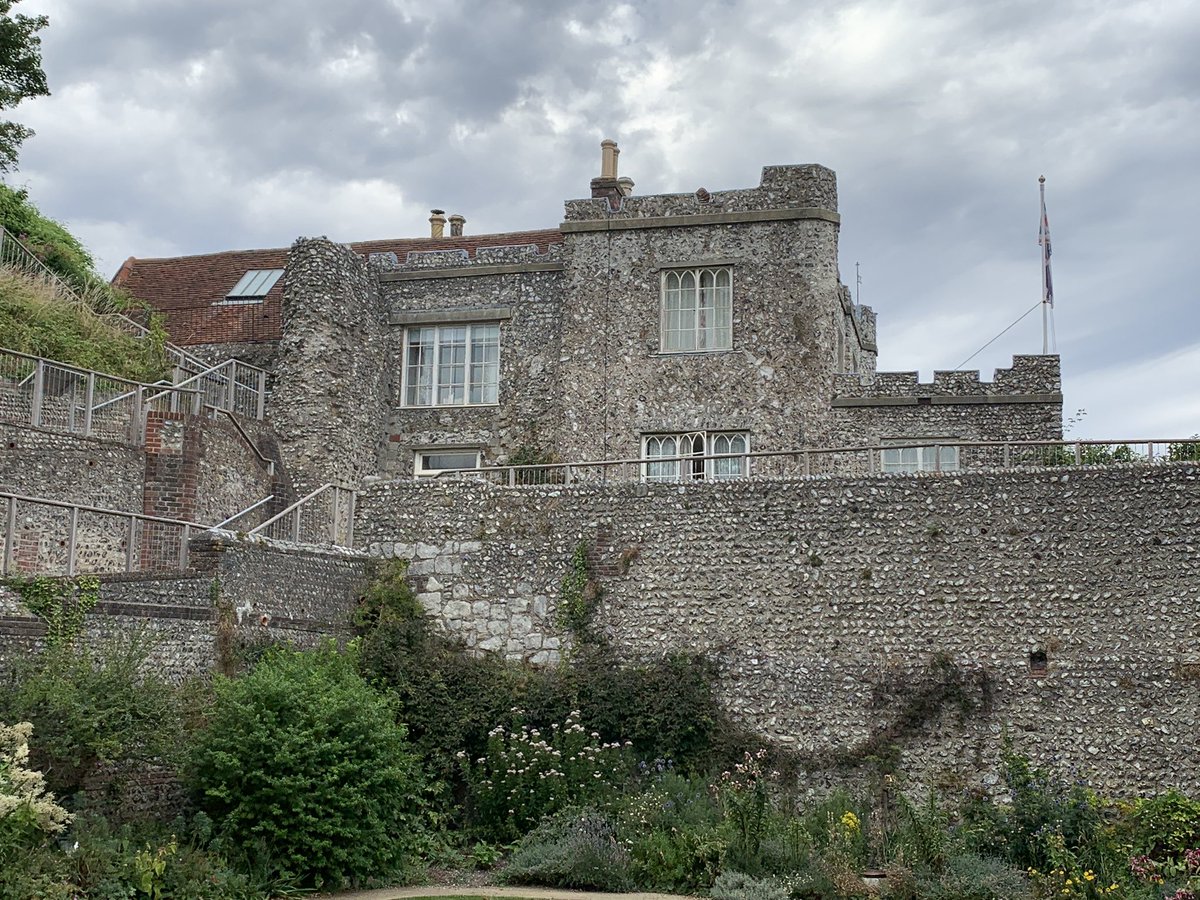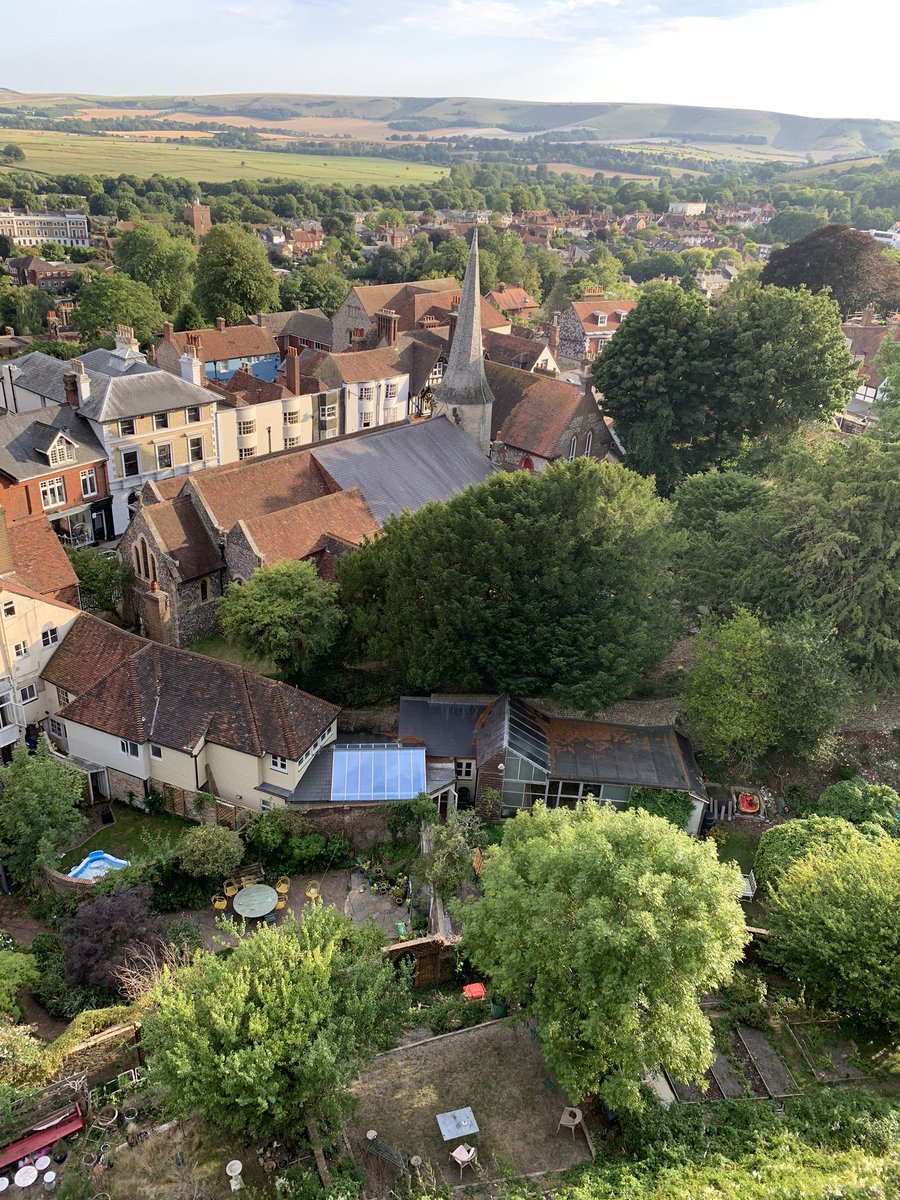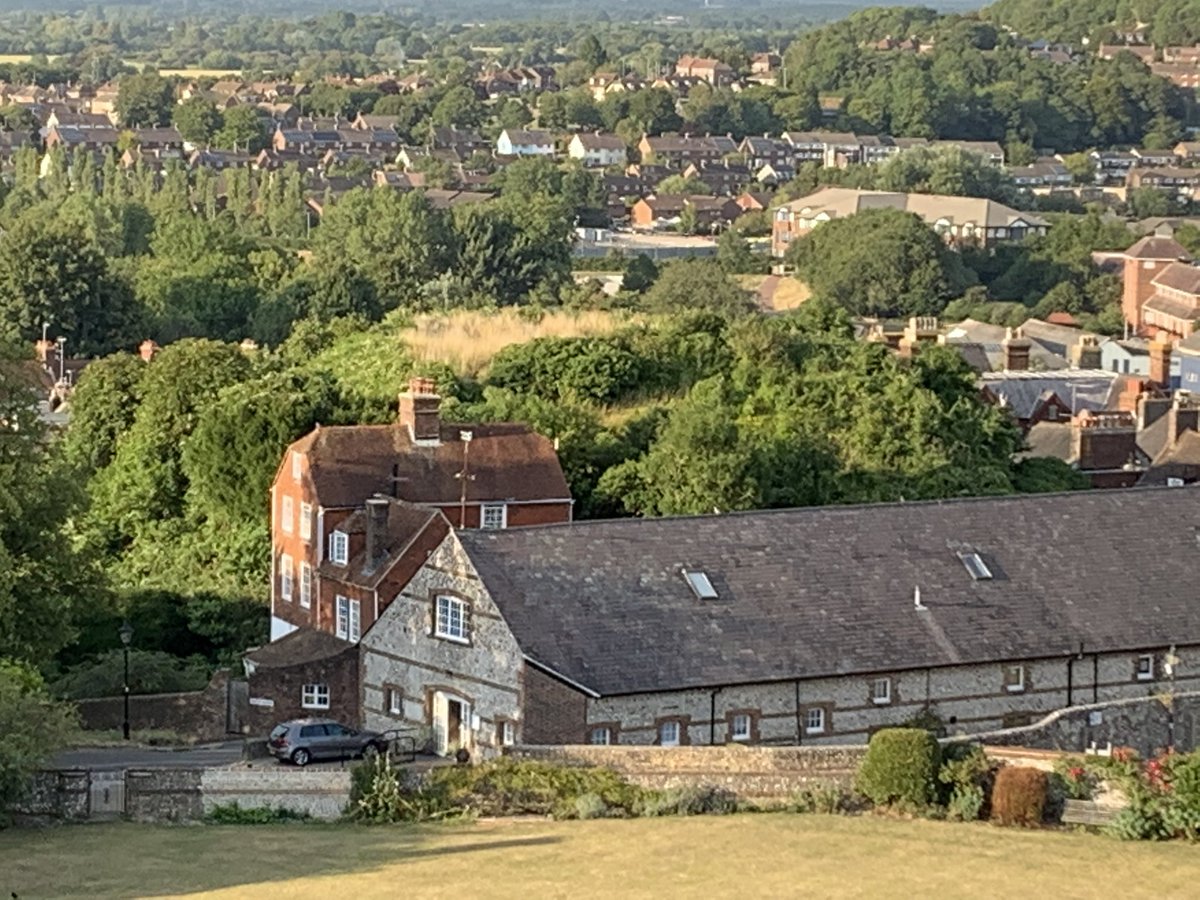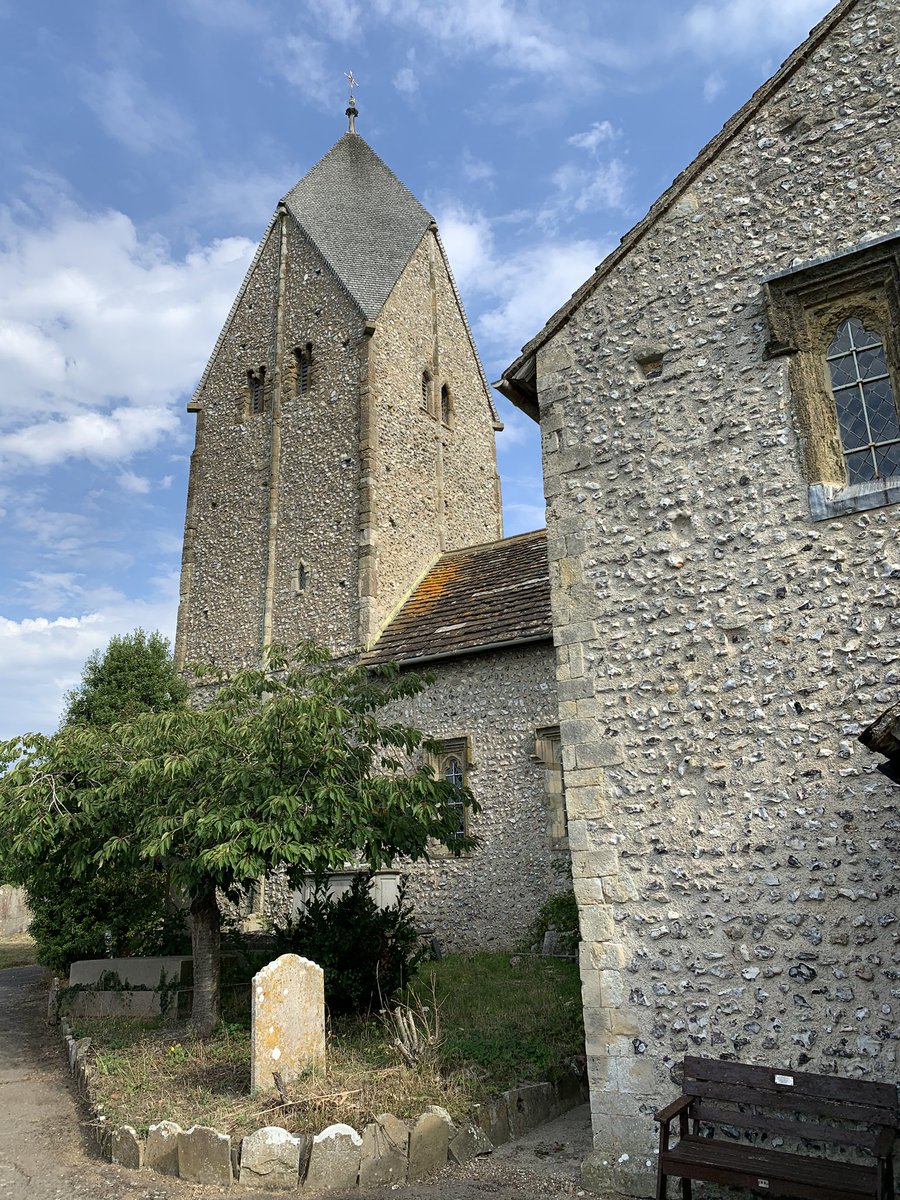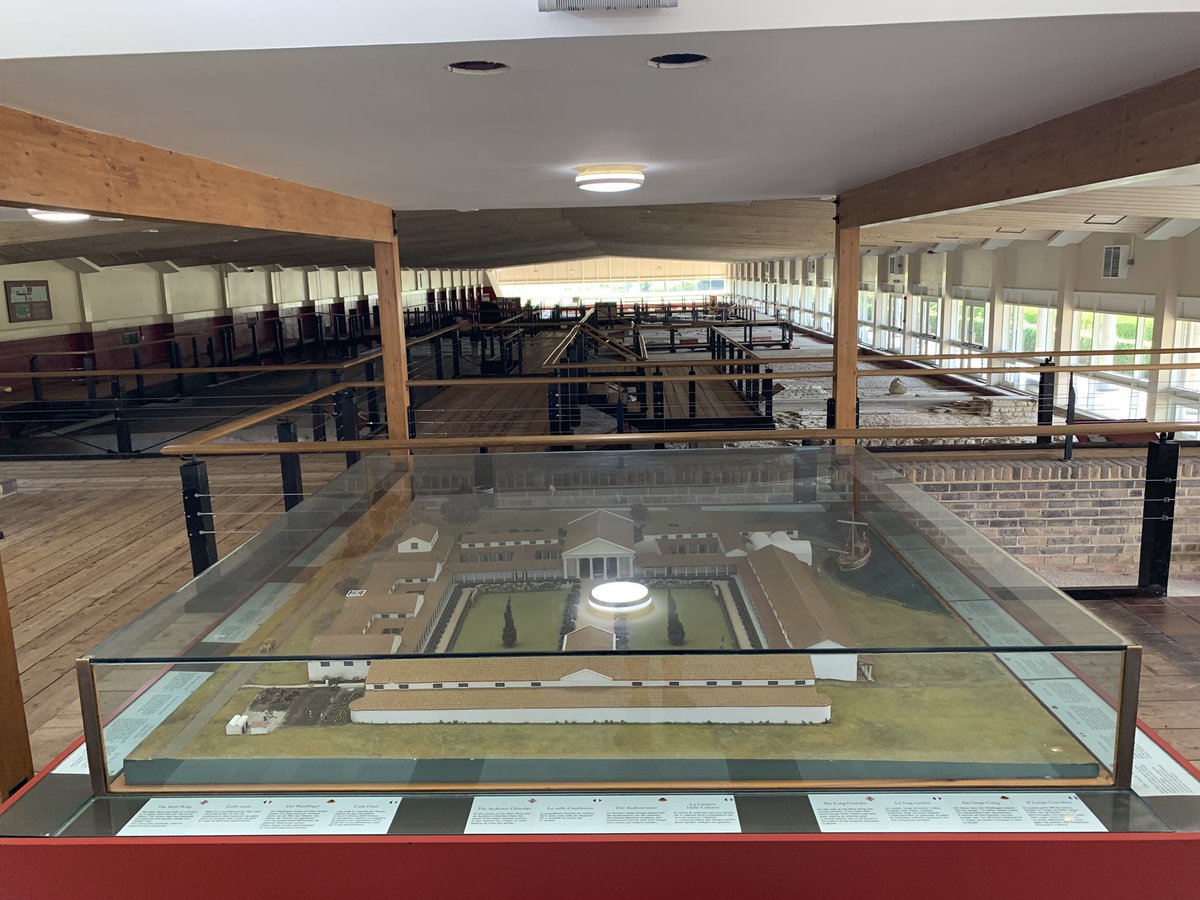Packing for tomorrow's #SussexTour: a journey round the sites & treasures administered by @sussex_society, England's oldest county archaeology society, but now, in its 150th year, facing a COVID meltdown.
A tragedy not just for Sussex but for everyone. https://sussexpast.co.uk/
A tragedy not just for Sussex but for everyone. https://sussexpast.co.uk/
I know that everyone has the begging bowl out now, but I hope that my #SussexTour will serve to persuade some of you that @sussex_society is a cause that richly merits your support: https://sussexpast.co.uk/please-donate-now
About to go on Radio Sussex to talk about my #SussexTour, & all the amazing work that @sussex_society do.
We arrive in Lewes, to visit our first @sussex_society property: Anne of Cleves’ House.
Not a bad spot for a coffee... #SussexTour
Not a bad spot for a coffee... #SussexTour
Anne of Cleves never actually lived here - but then again she didn’t need to. She may have been dumped by Henry VIII, but she got a fat portfolio of properties out of it... https://twitter.com/holland_tom/status/1266769219292745730?s=21 https://twitter.com/holland_tom/status/1266769219292745730
A property once owned by Anne of Cleves - & indeed Thomas Cromwell - makes for a deliciously inappropriate place for a wedding reception.
(And if you fancy hiring it, please do contact @sussex_society. By arrangement...)
(And if you fancy hiring it, please do contact @sussex_society. By arrangement...)
By 1871, 30 people were living in Anne of Cleves house, including 18 children, a laundress & a farm labourer. In 1923, when it was donated to @sussex_society, the terms specified that existing tenants be allowed to stay there as long as they liked. The last one left in 1933.
But from my point of view, the single best thing about Anne of Cleves’ house is what waits in the cellar (the brilliant thing about @sussex_society is that as well as historic sites & properies they own all kinds of unexpected treasures - it’s like rummaging in Sussex’s memory).
Down into the cellar - aka the collective memory of Sussex - I go... #SussexTour
It’s only the tombstone of Gideon Mantell, whose wife found some strange fossilised teeth in a Sussex quarry in 1822, which led him to identify a long-vanished prehistoric monster he named Iguanodon. In other words, the grave of the man who pioneered the whole study of dinosaurs.
Mantell was buried in West Norwood Cemetery, & the tombstone was rescued from there in 1997 when a section of the cemetery was being cleared. An incredible treasure, & a memorial not just to Mantell but to the role played by Sussex in the beginnings of palaeontology @Tweetisaurus
What makes the preservation of the gravestone all the more moving is that Richard Owen (boo hiss) had had a section of Mantell's spine removed, pickled and stored on a shelf at the Royal College of Surgeons - but it was then destroyed in 1969 due to lack of space
Up in the attic - an even more impressive treasure trove - there is the fossilised cast of an Iguanodon foot.
Quite a challenge to get to it... #SussexTour
Quite a challenge to get to it... #SussexTour
Also in the attic of Anne of Cleves’ House: a piece of cloth featuring Tom Paine, a guillotine & the crowned heads of Europe; some muskets in a box; a Victorian pub sign; & a painting of the Lewes avalanche, which in 1837 buried 15 people, of whom only 6 survived. #SussexTour
Oddest of all, perhaps, is ‘the Lewes rat & spoon,’ one of the very 1st things bought by @sussex_society (c. 1850). Supposedly a housemaid was dismissed by her employer on suspicion of having stolen the spoon; years later builders found the spoon with a mummified rat in its nest.
The teeth (supposedly) of Gundrada, the wife of William de Warenne (died 1088), whose remains were disturbed in 1845 by workmen digging the Brighton to Lewes line. It was this that prompted the founding of @sussex_society the following June.
A fireback depicting the burning of Protestant martyrs in Lewes in 1557. Supposedly dating from the 17th century, it was in the possession of Charles Dawson - member of @sussex_society & chief suspect in the Piltdown Man case - & is suspected to be a fake. #SussexTour
It’s so brilliantly typical of @sussex_society that - among all its other treasures - it should own Britain’s largest & comprehensive collection of domestic & agricultural ironwork: a reminder of the Weald’s role in the birth of the Industrial Revolution #SussexTour
Sussex’s oldest bicycle #SussexTour
3 man-traps #SussexTour
The best bedroom in Sussex? England? The world? #SussexTour
And so to Lewes Castle - quite a cool place to park... #SussexTour
What it’s all about... @sussex_society
Snapshots of the list of the members of @sussex_society in 1911. Spot a couple of famous names!
View towards the South Downs from the top window of Bull House, the tobacconist’s shop built in the 15th century where Thomas Paine lived between 1768 & 1774 - now the offices of @sussex_society
Bull House was also called - for an obvious reason - the Monkey House... #SussexTour
To Barbican House, the museum run by @sussex_society, gloriously situated in Lewes, & the only property actually bought by the Society (everything else having been gifted...) #SussexTour
The ‘Neg Store’: half a million images. Glass plate negatives, lantern slides & lots & lots of photographs, reaching back to 1852. The thought this @sussex_society collection might be broken up & lost is too horrible to contemplate - redolent of Poliakoff’s Shooting The Past...
The funeral of Bishop Wilberforce - ‘Soapy Sam’, as in the famous debate with Huxley - (1873) from @sussex_society photography collection #SussexTour
The wreck of a French brig off the Albion Hotel, Brighton, on Saturday, 2nd June, 1860. One of the oldest photographs in the @sussex_society collection...
Now THIS is how @AuthorsCC should be announcing a forthcoming match!
Bronze Roman helmet, complete with oyster shell, found in Chichester Harbour in the 19th century. Intriguingly, judging by the style, it seems to predate the Roman conquest... #SussexTour
Early 1st C AD - implying, perhaps, that the southern reaches of Britain around Fishbourne saw themselves as a Roman protectorate even before AD 43, which in turn would explain the apparent lack of garrisons in the region following the invasion https://twitter.com/wvbh3/status/1291763048953380865?s=21 https://twitter.com/wvbh3/status/1291763048953380865
The Near Lewes Hoard (c. 1400-1250 BC), found in 2012. https://sussexpast.co.uk/research/near-lewes-middle-bronze-age-hoard
The Castle Lodge in Lewes - bought by Charles Dawson, the Piltdown Man faker, under the very noses of @sussex_society, who had wanted it for their museum. This despite the fact that Dawson was himself a member of the Society...
The amazing view from the summit of @sussex_society-run Lewes Castle: from the allotments at the foot of the castle towards the 12th century tower of St Michael’s Church & on towards the South Downs in the distance #SussexTour
As well as Lewes Castle, @sussex_society also own Brack Mound (a proto Norman castle? a Roman fort?) - meaning that when the country collapses into anarchy they will be in pole position to seize control of Lewes....
The Maoists don’t have two castles... https://twitter.com/darrenjohnson66/status/1291330662365003778?s=21 https://twitter.com/darrenjohnson66/status/1291330662365003778
Day 2 of my #SussexTour, & today we are off to probably the most celebrated & internationally significant of the sites administered by @sussex_society: the Roman palace at Fishbourne. That it might be faced with closure is a terrible thing: https://www.thetimes.co.uk/article/fishbourne-roman-palace-faces-closure-after-huge-loss-of-visitor-income-6w7l8kp5h
Whoops - we probably shouldn’t have paused en route to admire Sompting’s Rhenish helm... https://twitter.com/matthewpope/status/1292016124582821888?s=21 https://twitter.com/matthewpope/status/1292016124582821888
Built in the opening decades of the Roman occupation, not as a pleasant place to live (no central heating!), but as a massive statement of wealth, power & glamour. As an expression of Rome imposed itself on recently conquered territory, @romanpalace is internationally significant
It would have taken a legionary 118 years to earn enough to pay for the 43,000 tiles used at @romanpalace. The whole complex - a bit Potemkin village style - was designed to dazzle, overawe, overwhelm.
The massive complex of gardens that surrounded @romanpalace were likewise an expression of power: a taming of the wilderness that the natives had revered as something sacred, an assertion of the occupers’ ability to shape the very landscape, the natural world.
An illustration of the Roman demonstration of their mastery of nature: introduction of the rabbit. The fragment of bone found in 1964, & recognised as rabbit in 2017, reveals, via isotope analysis, that it was eating huge amounts of its droppings: meaning it was probably caged.
In a way, what is most fascinating about @romanpalace is not its initial splendour and wealth, but the way in which - prior to its final incineration in AD 285 - the whole complex falls into desuetude.

 Read on Twitter
Read on Twitter